The Grand Canyon National Park is one of the world’s top natural wonders!
The Grand Canyon National Park is located in northern Arizona and stretches approximately 277 river miles in length, 18 miles across at the widest location and descends more than a mile deep to the canyon’s floor.
The park was founded as a National Monument in 1908 by President Theodore Roosevelt and became a national park in 1919. Currently, the park contains over 1.2 million acres which is slightly less than the entire state of Delaware.
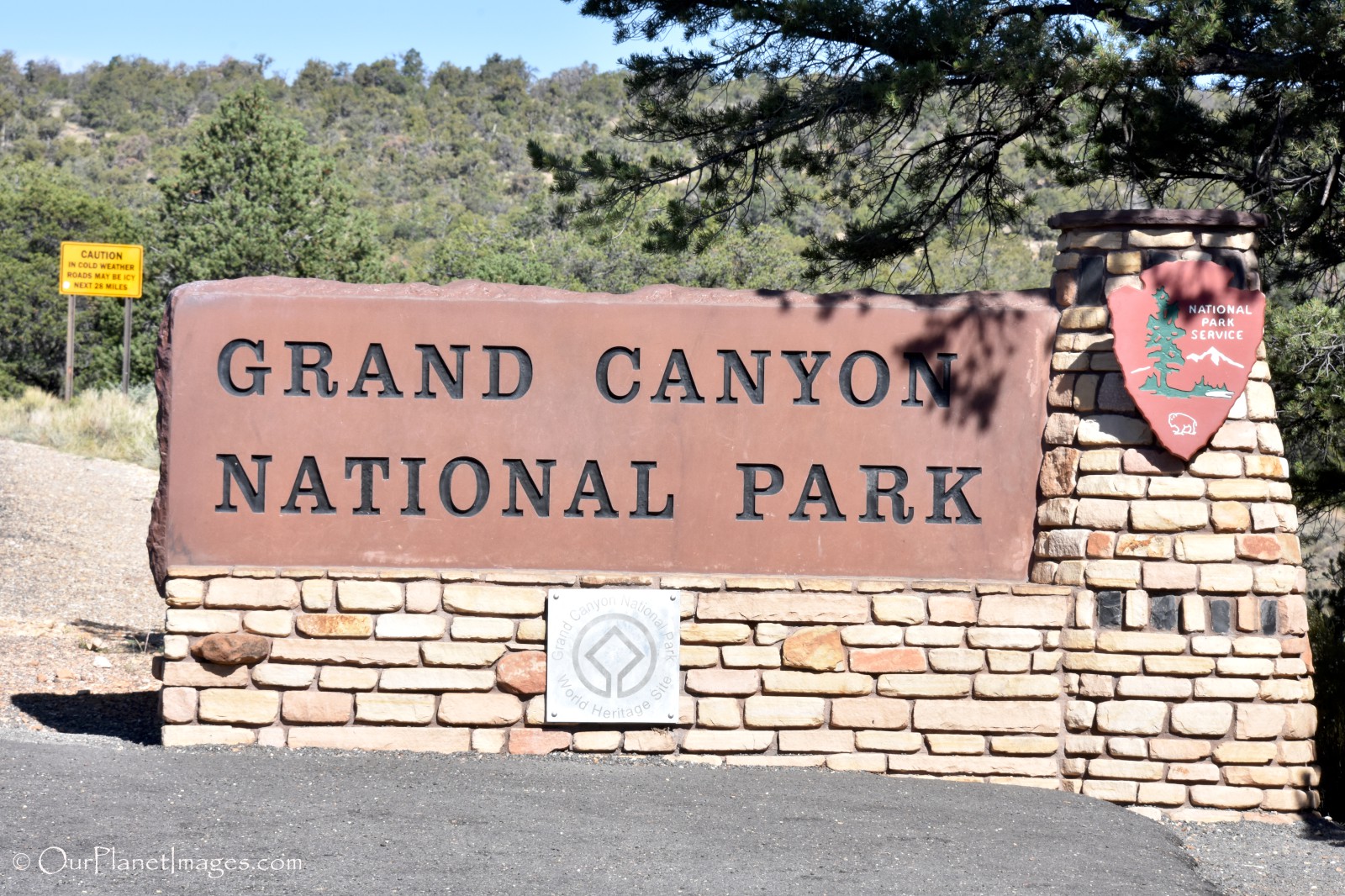
The national park is best by dividing it into three main areas: the most popular South Rim, the remote North Rim and the area on two Indian reservations known as Grand Canyon West. The three area are briefly explained below.
The South Rim
The South Rim is the most well-known and the most popular for visitors. It is the area that is the most developed with extensive facilities including the Grand Canyon Visitors Center, historic sites, museums, accommodations and restaurants that are open year-round. If this is your first time to visit the Grand Canyon then this is where you will want to start.
One of the easiest ways to see the South Rim is to do a self-driving tour. The South Rim has several designated view point locations to stop and get fantastic views of the canyon. Some stops have hiking trails for those that want to have the experience of hiking in the Grand Canyon.
The photos below were taken at several different viewpoint locations on the South Rim.

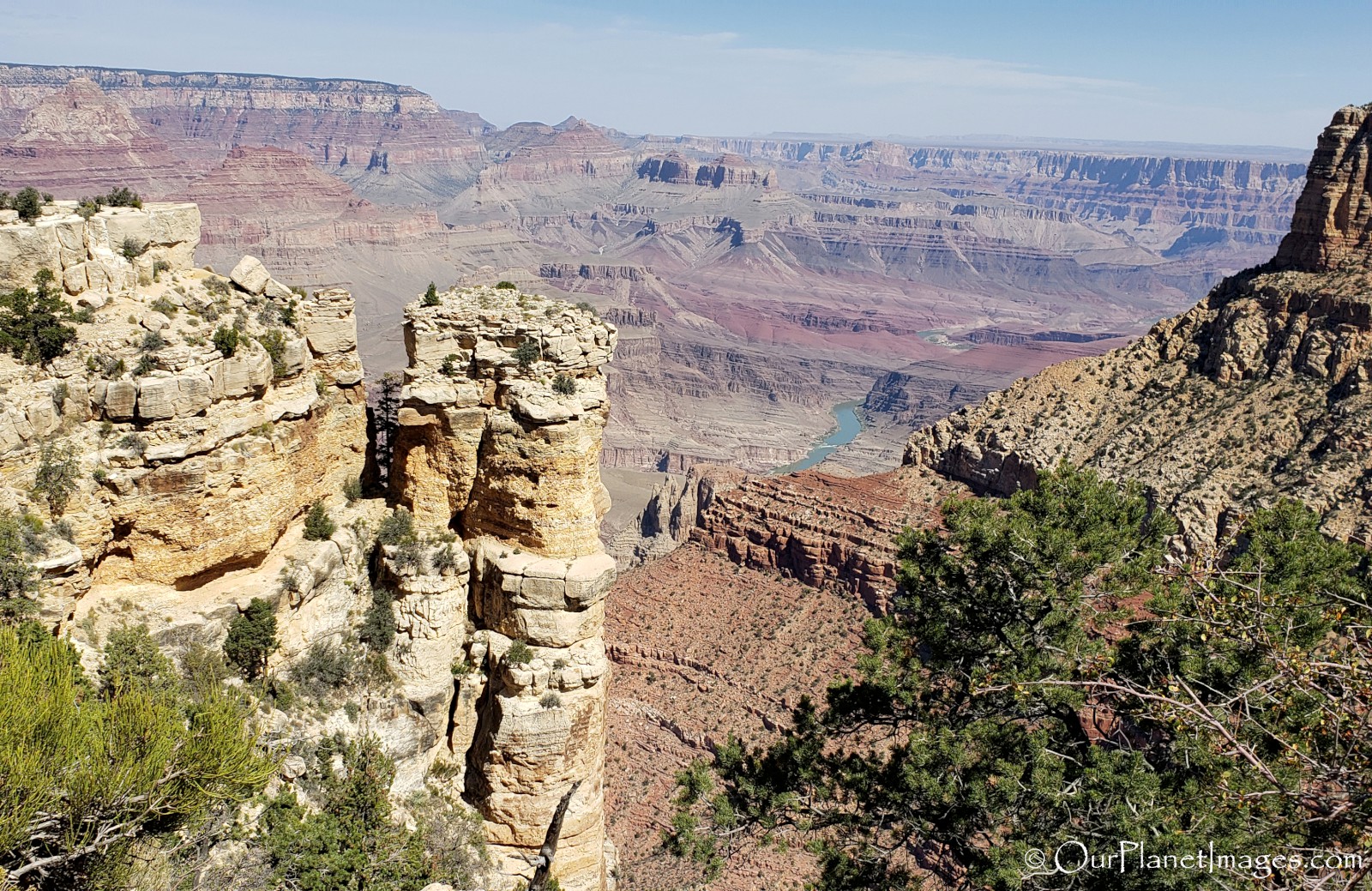
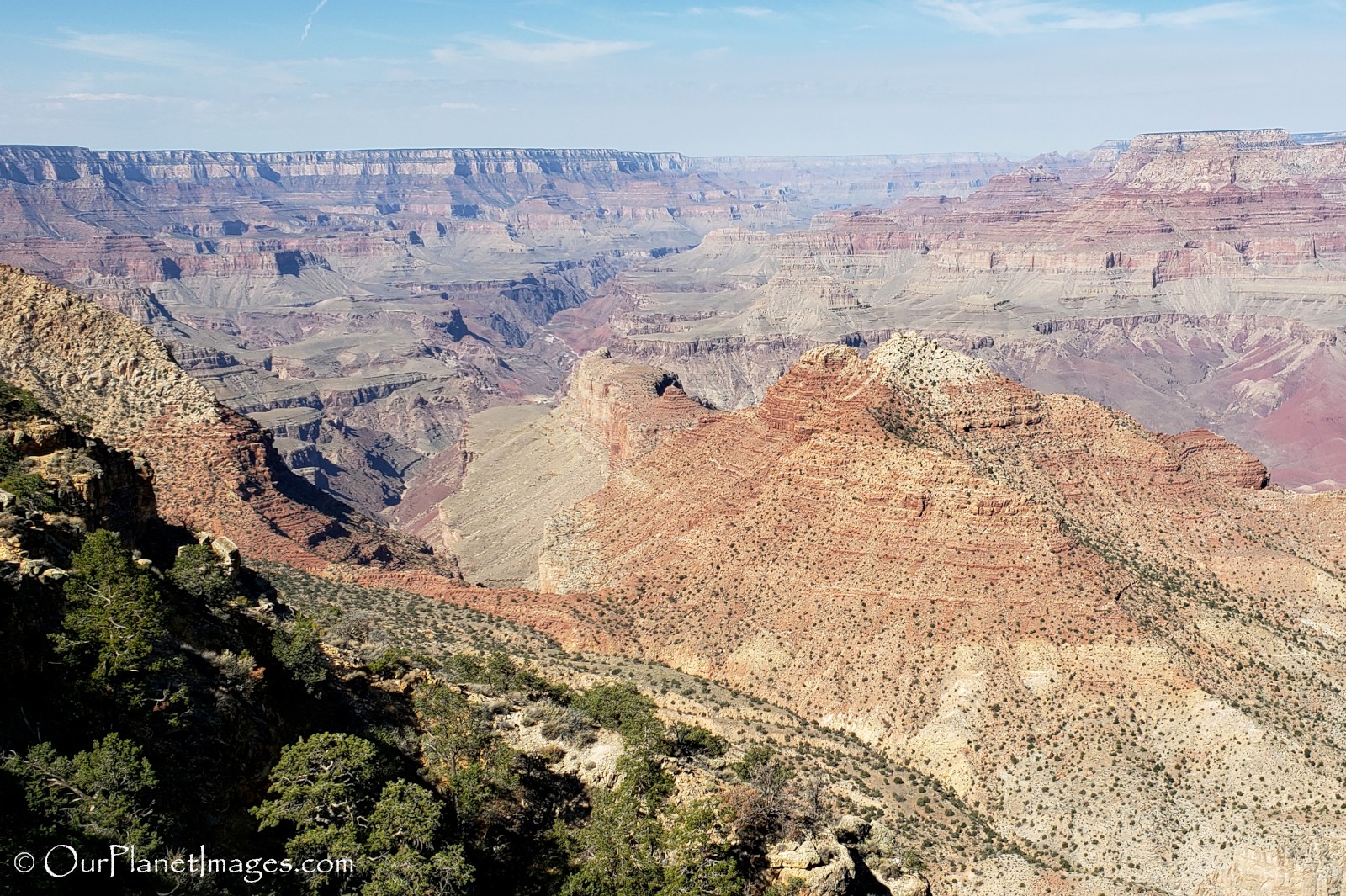
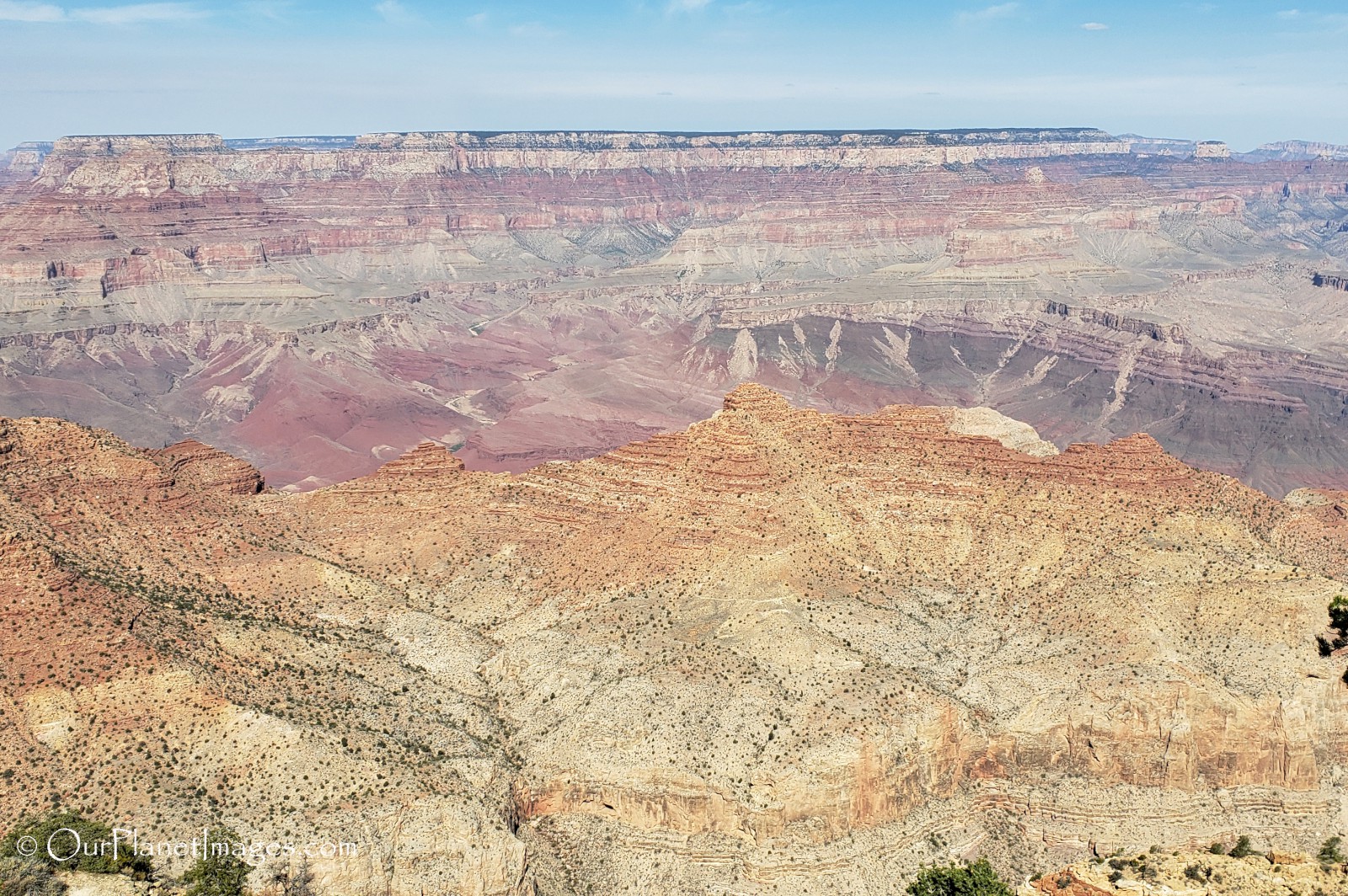
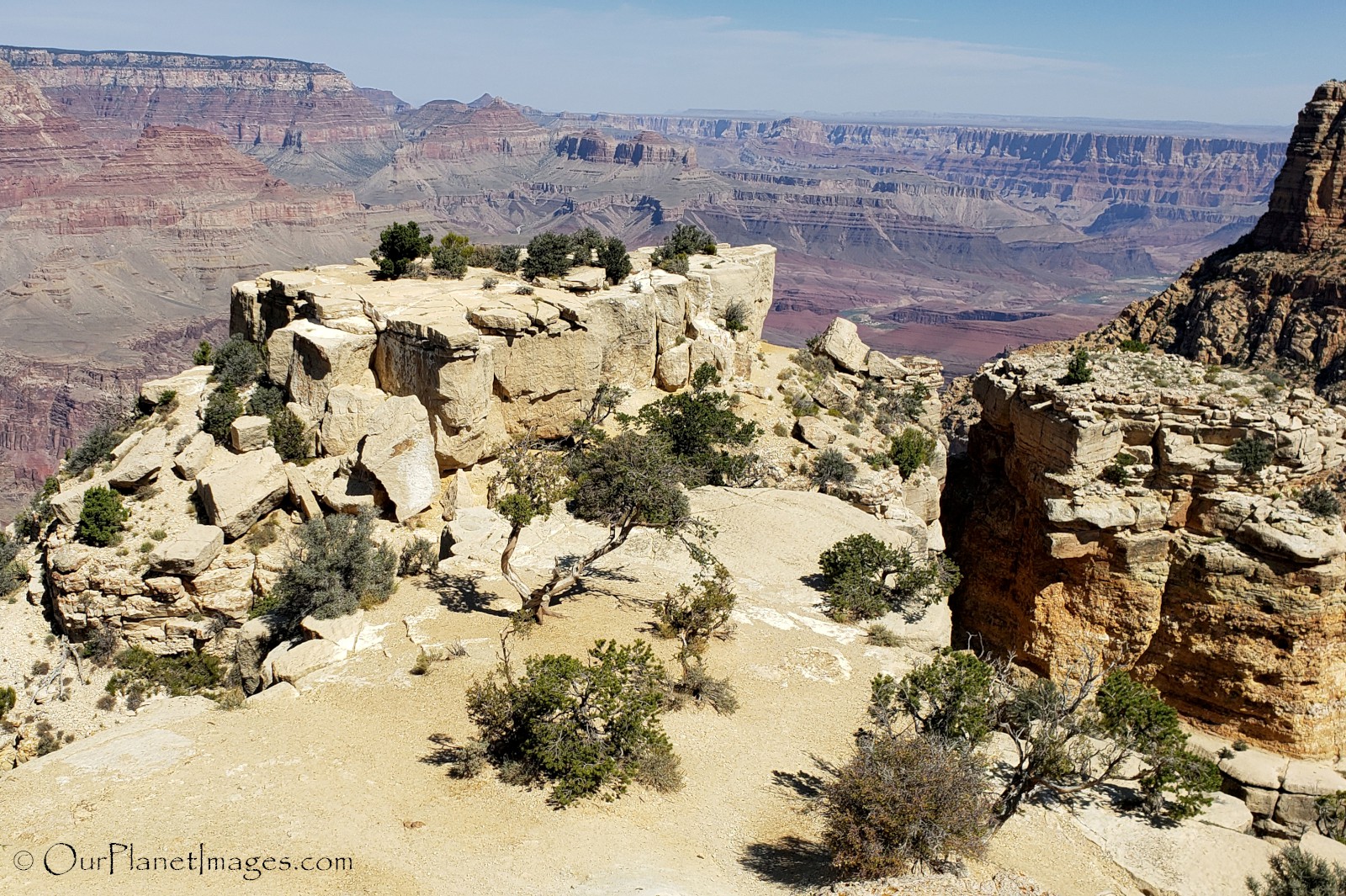
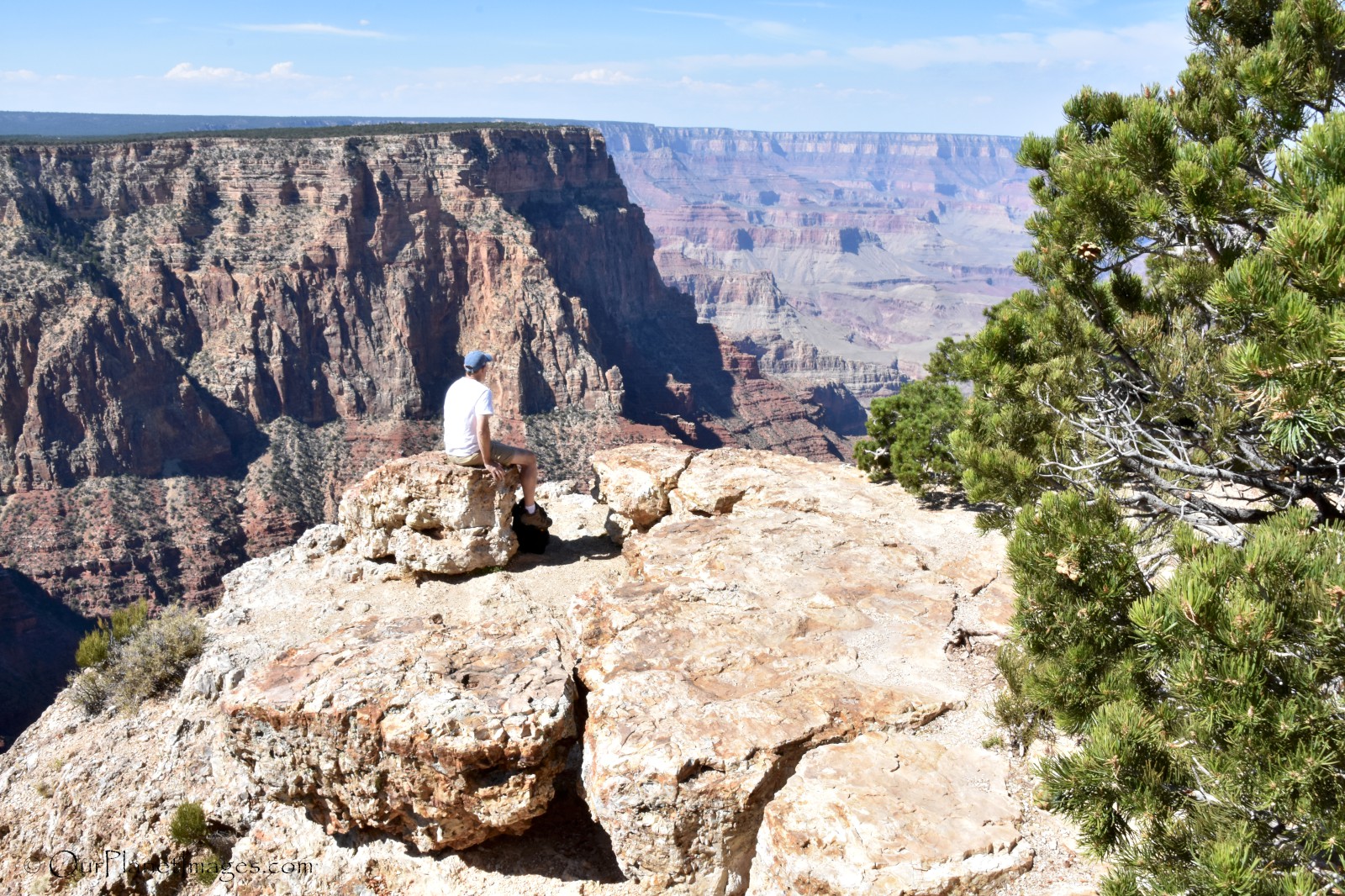
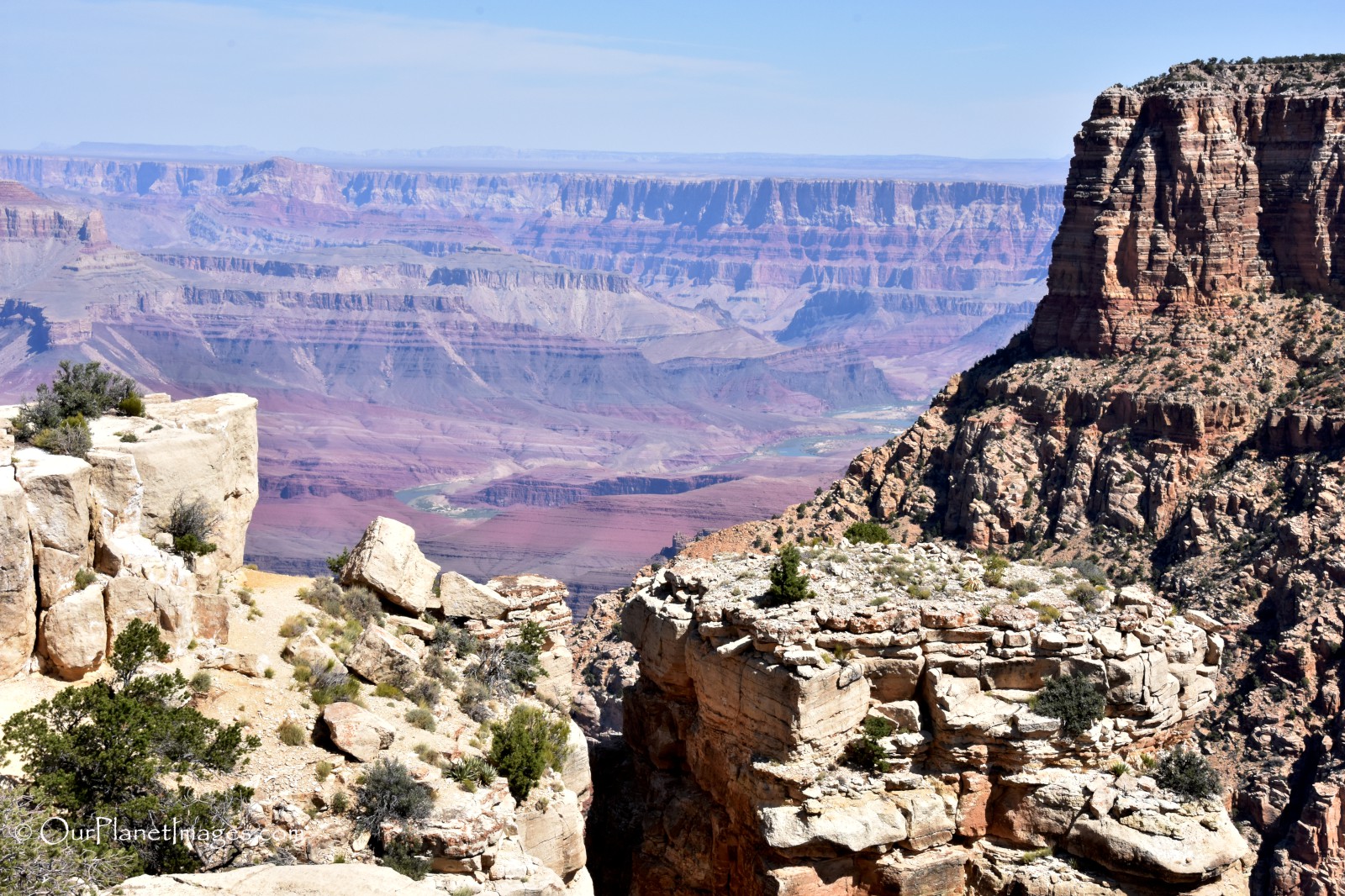
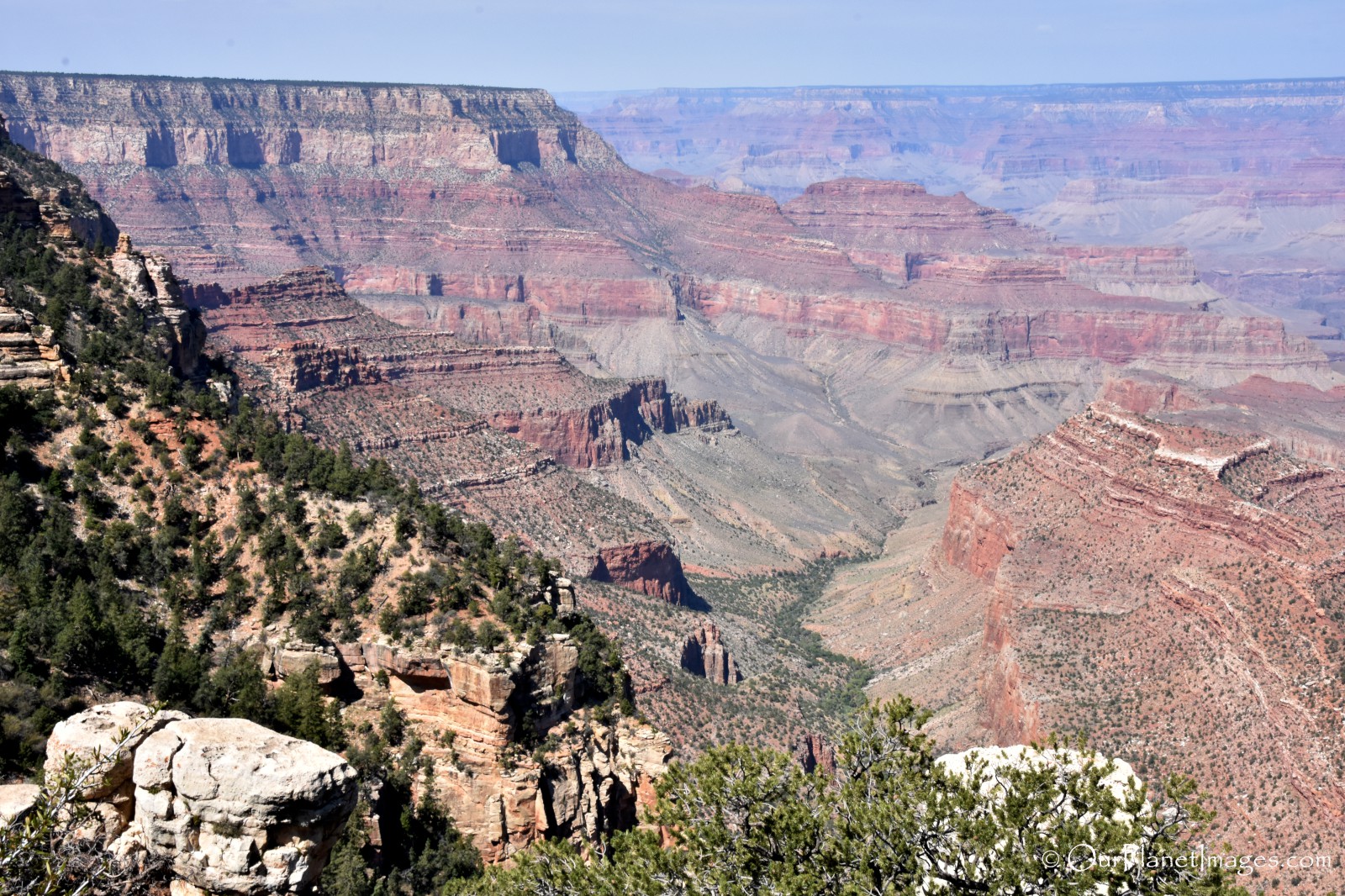
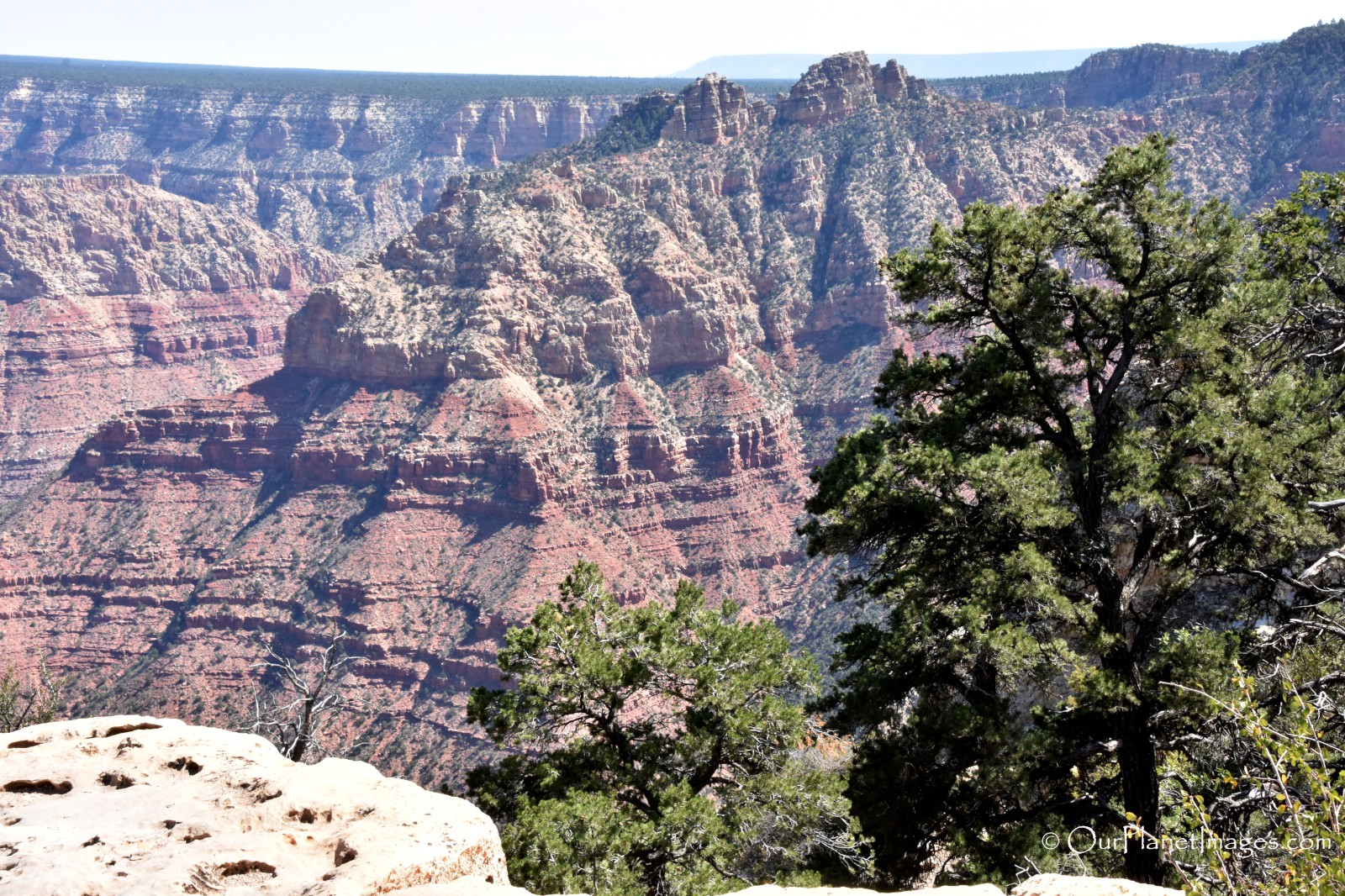
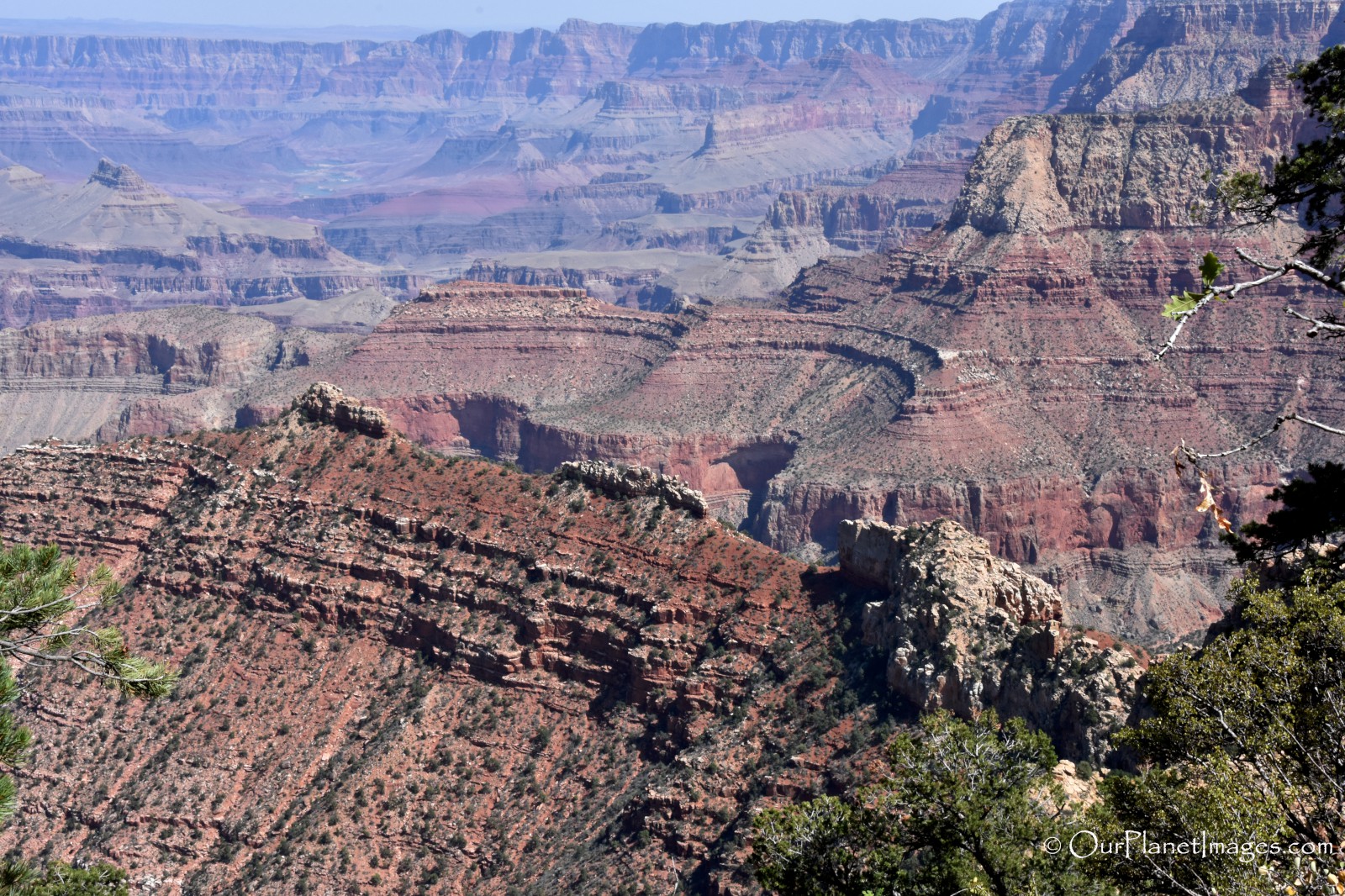
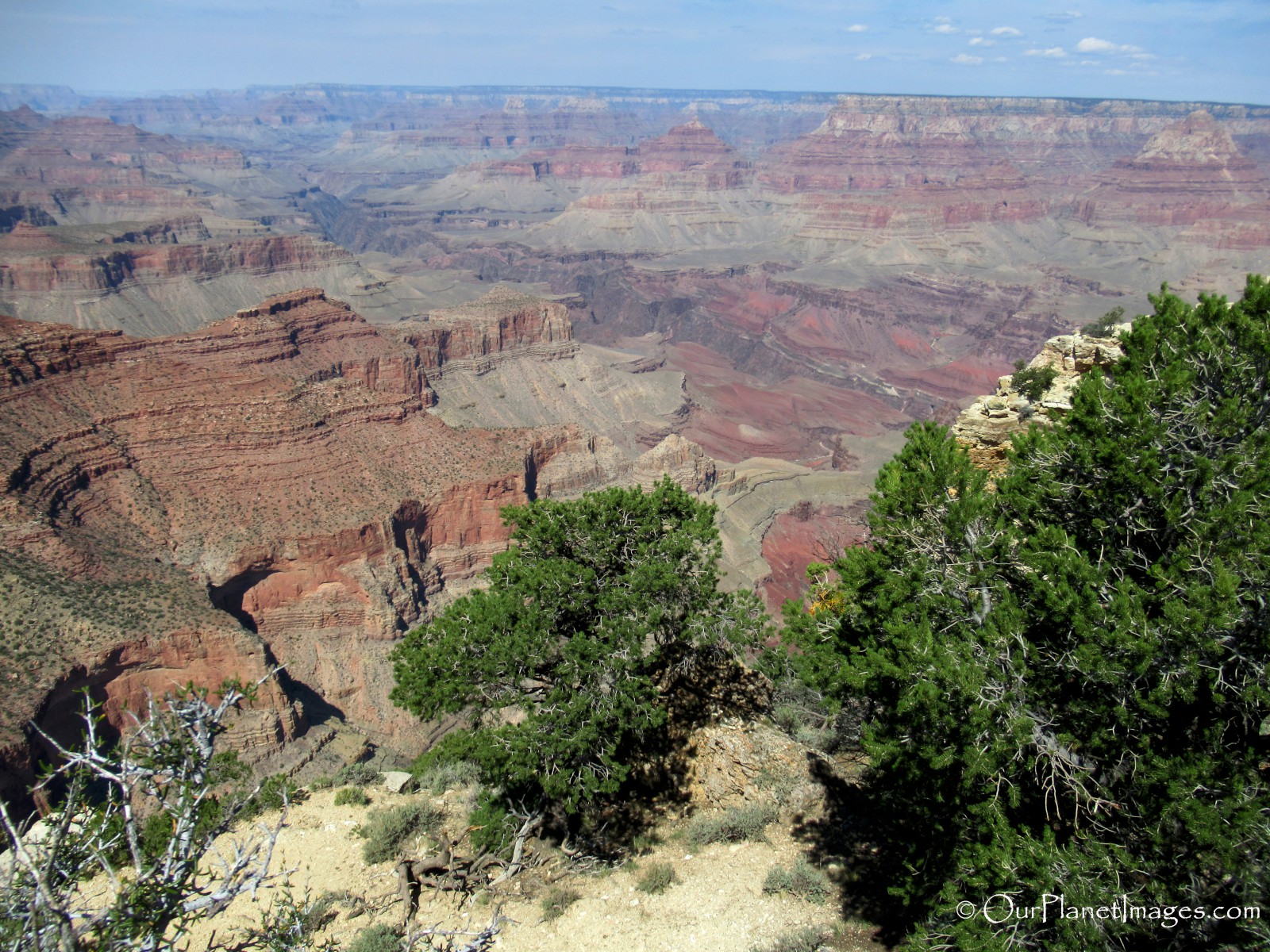
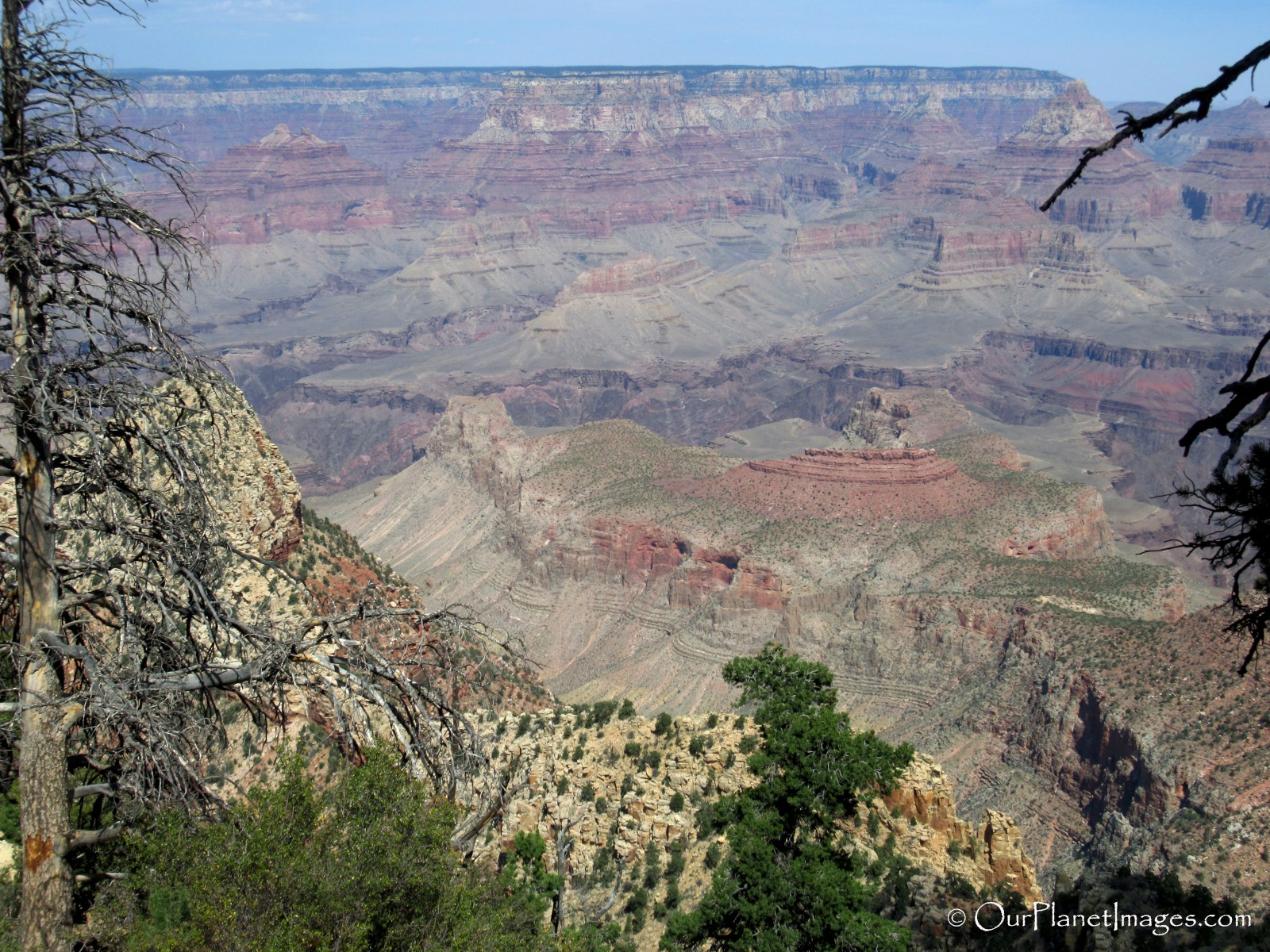
The most iconic manmade structure in the Grand Canyon is the Desert View Watchtower. This viewpoint site is located near the east entrance of the park which is over 30 miles from the Visitors Center. The Desert View location is a great stopping point on your drive in or out of the park through the east entrance.
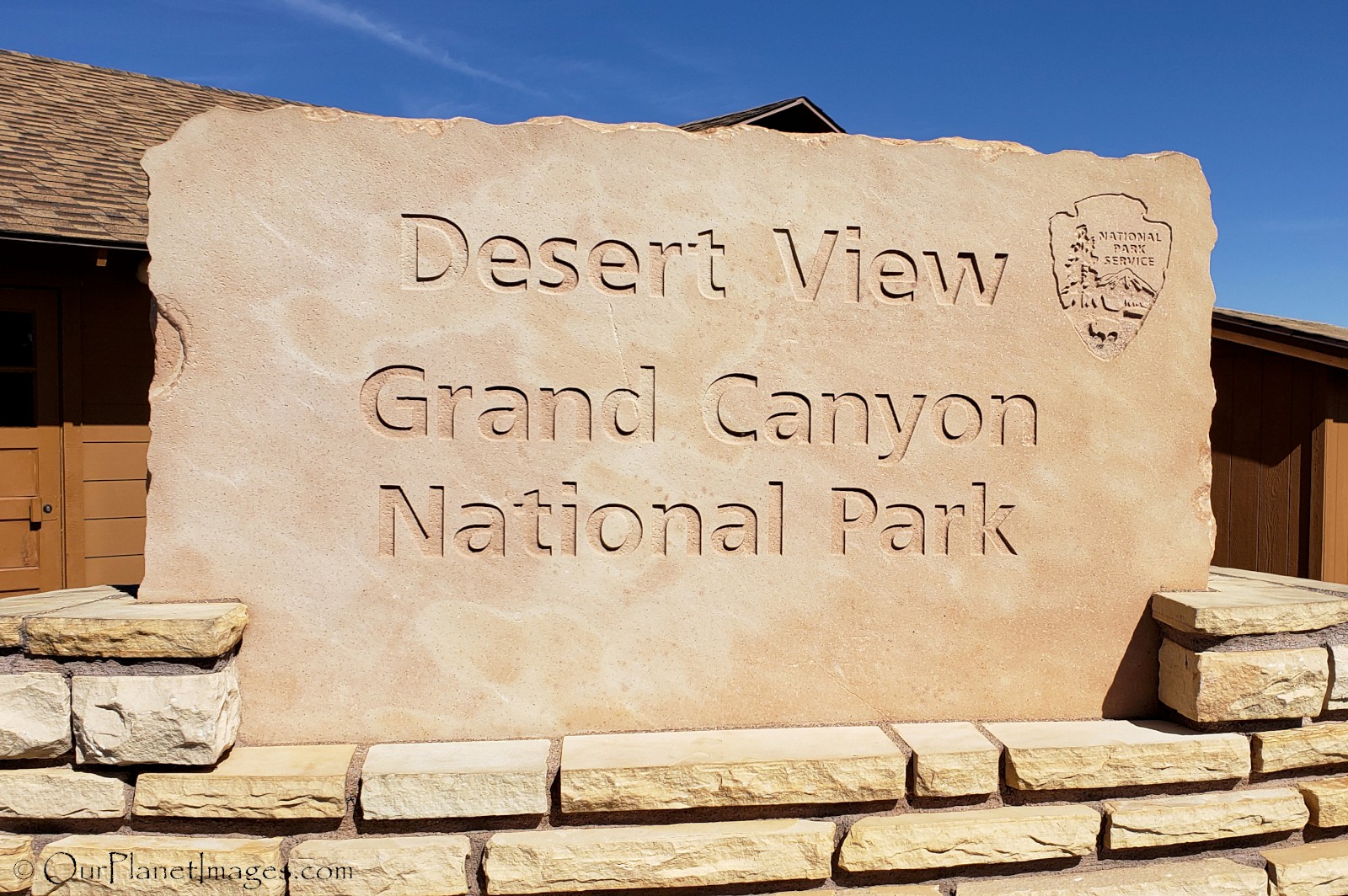
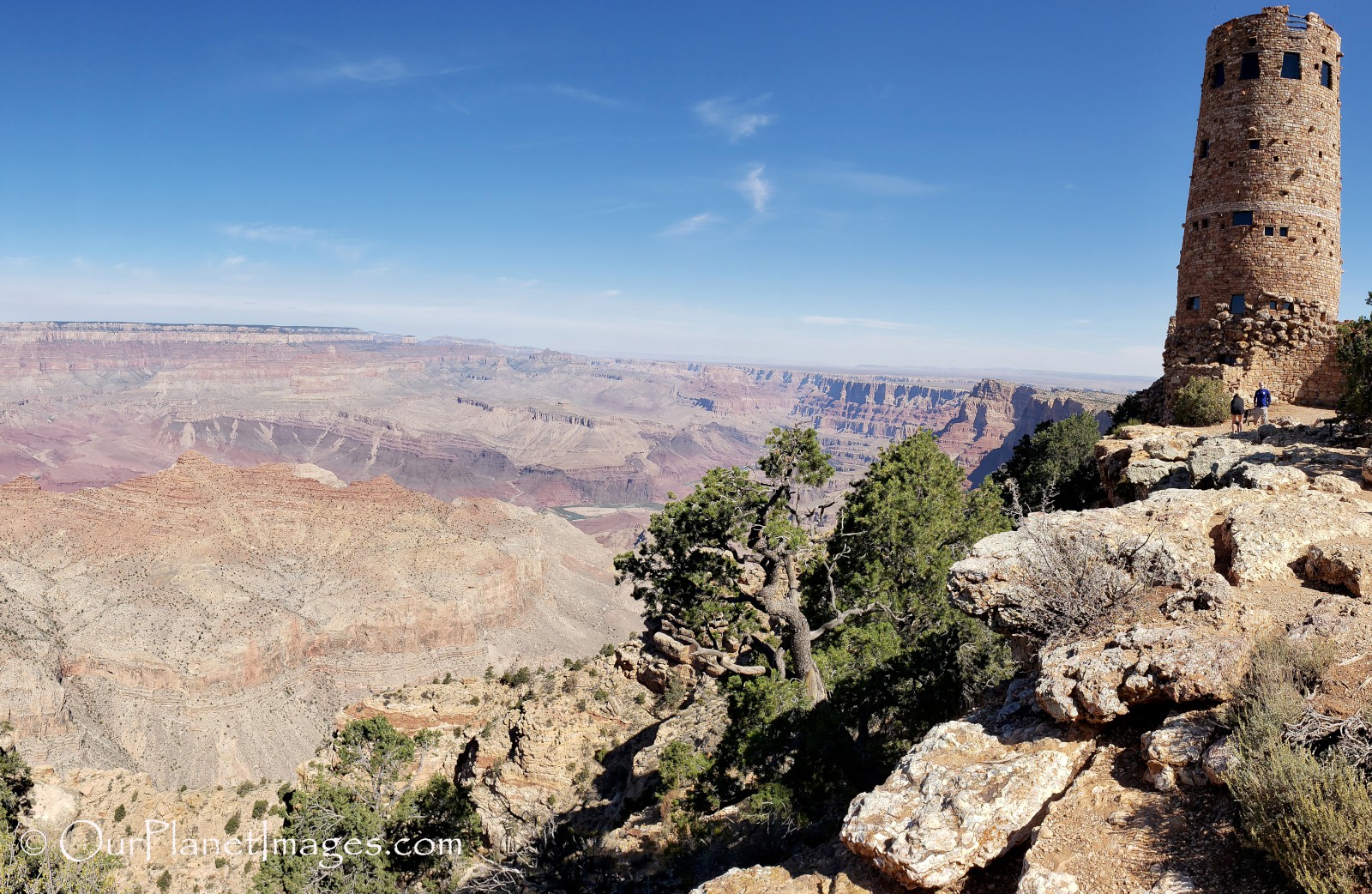
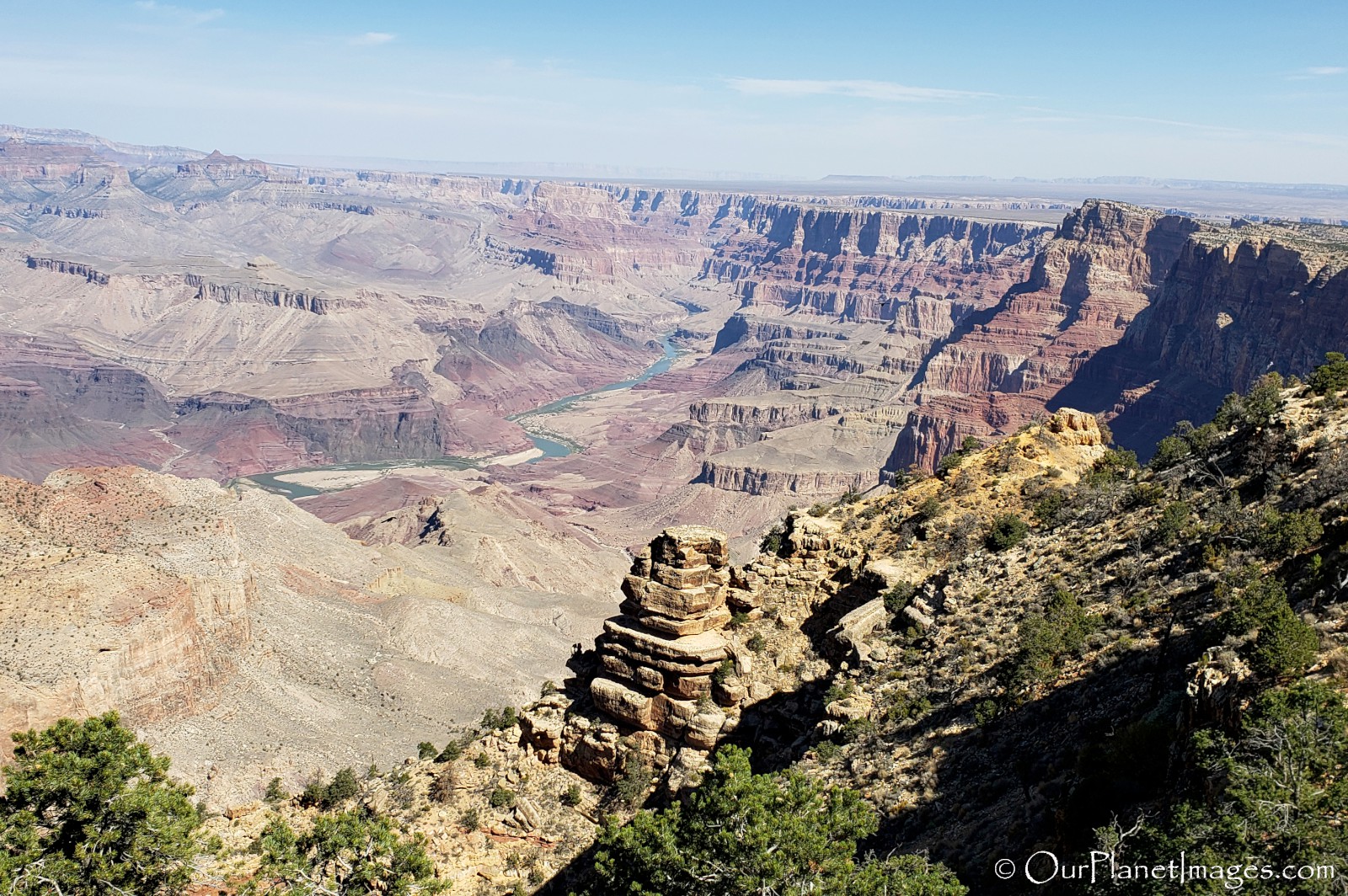

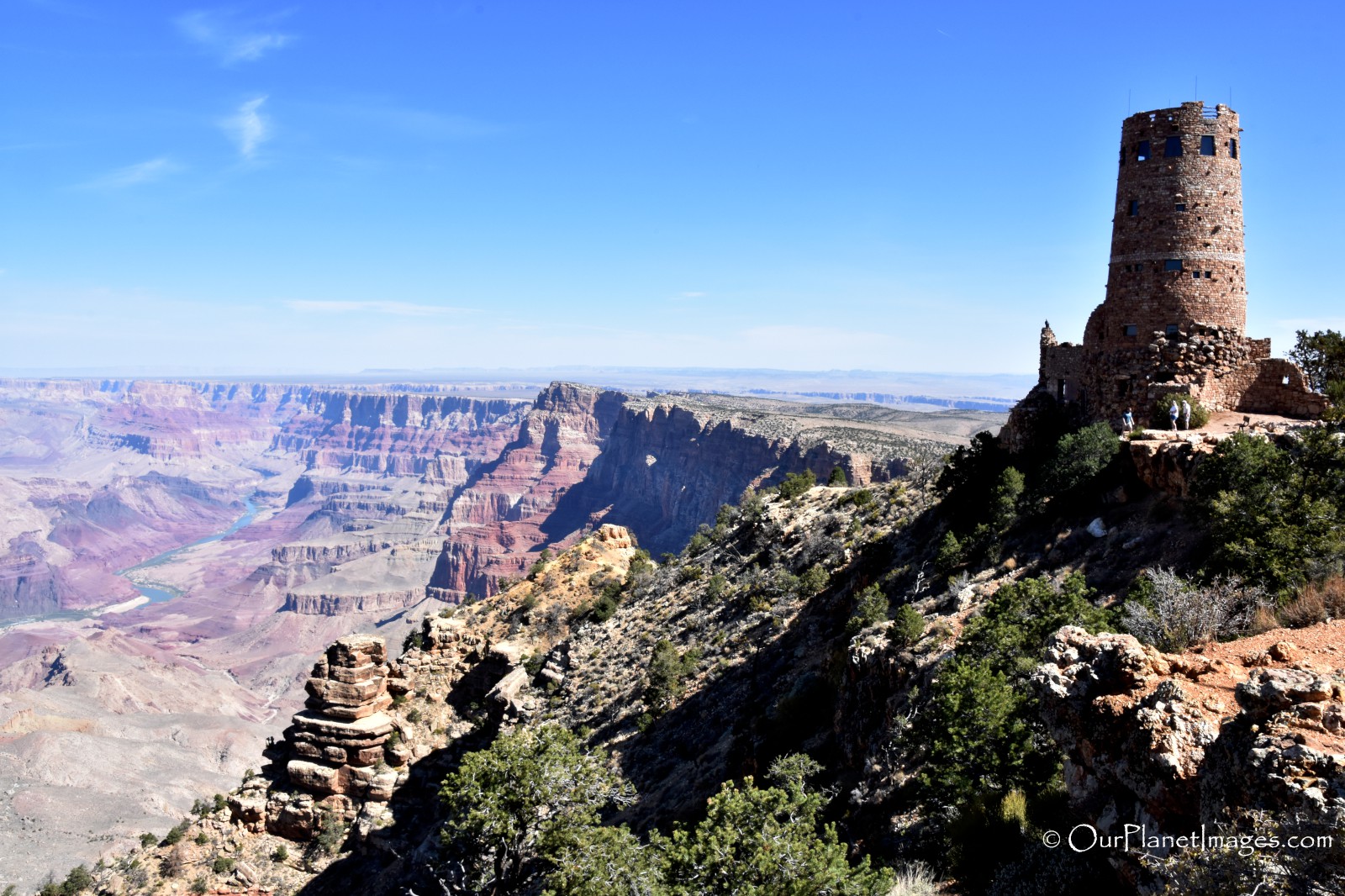
The North Rim
The North Rim is the least visited location in the park. It is more remote and has fewer visitor services but may be more suited for more outdoor minded experiences. It has a higher elevation making it cooler and it experiences heavy snowfall in the winter. Due to the more winter conditions the North Rim is only open between mid-May and mid-October.
Trying to reach the North Rim from the South Rim is an effort as it is approximately 200 miles and a bout a 4 hour drive between them but if you are traveling through norther Arizona or southern Utah then the North Rim is a great option to experience the canyon from a unique and less crowded vantage point.
Grand Canyon West
Grand Canyon West is located on the southwestern end of the canyon within the borders of the Havasupai Indian Reservation and the Hualapai Indian Reservation.
The most notable point of interest in this portion of the canyon is the Skywalk. It allows visitors to walk out about 70 feet over the canyon rim on a horseshoe shaped glass bridge that hangs 4,000 feet above the canyon floor.
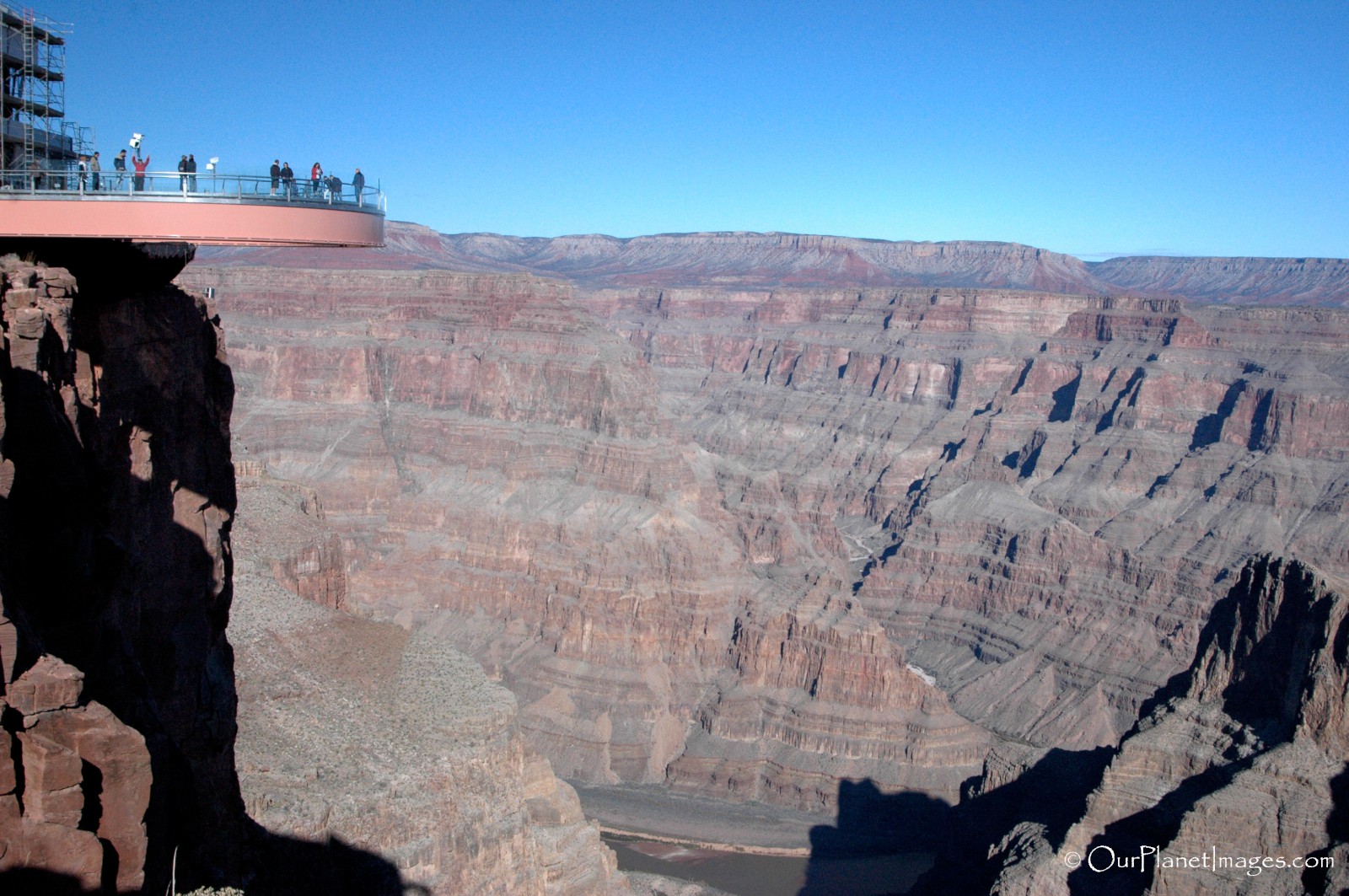
Just like the other portions of the canyon, the western rim has spectacular views of the canyon. The photos below were taken at Grand Canyon West.
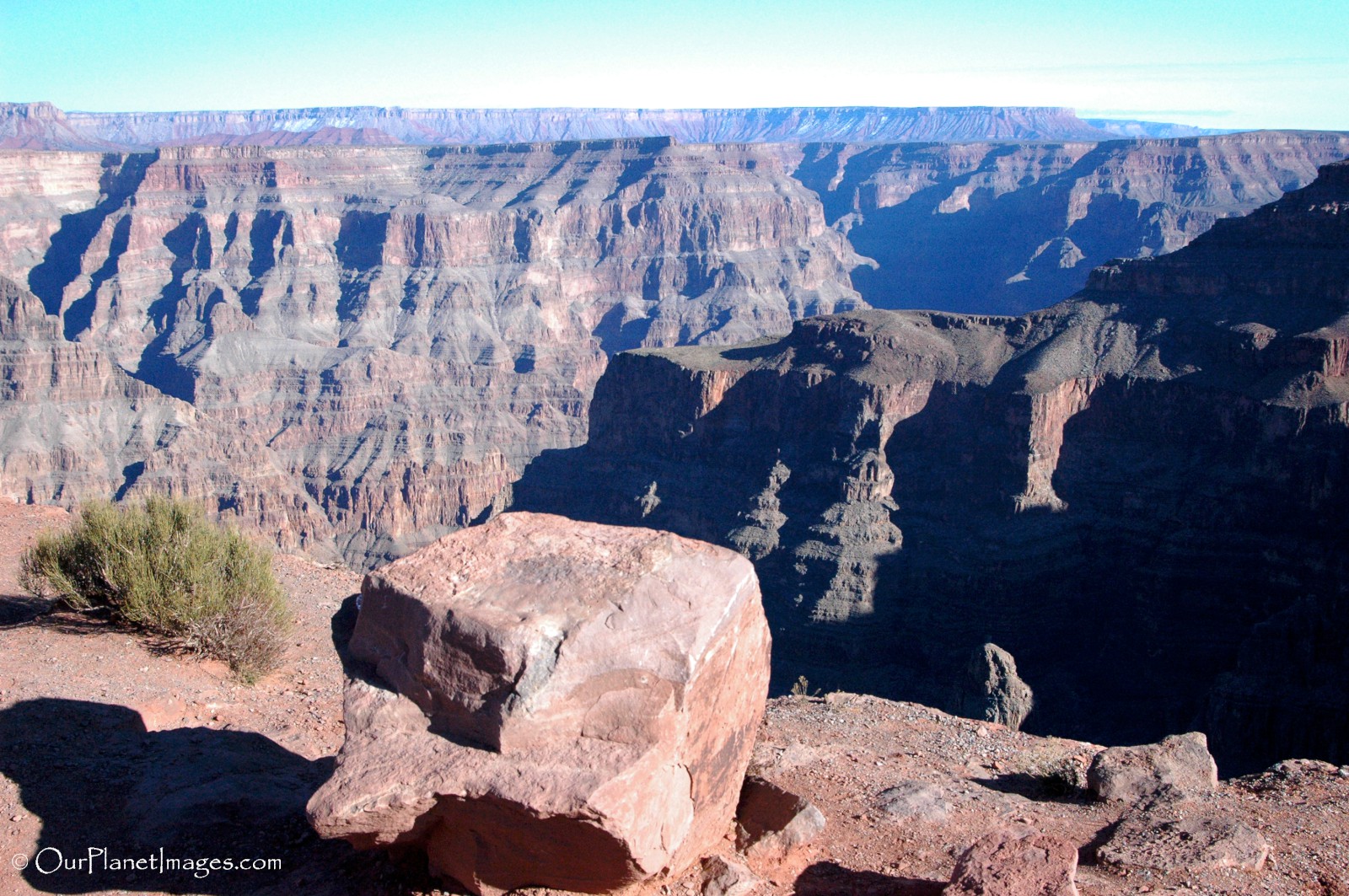
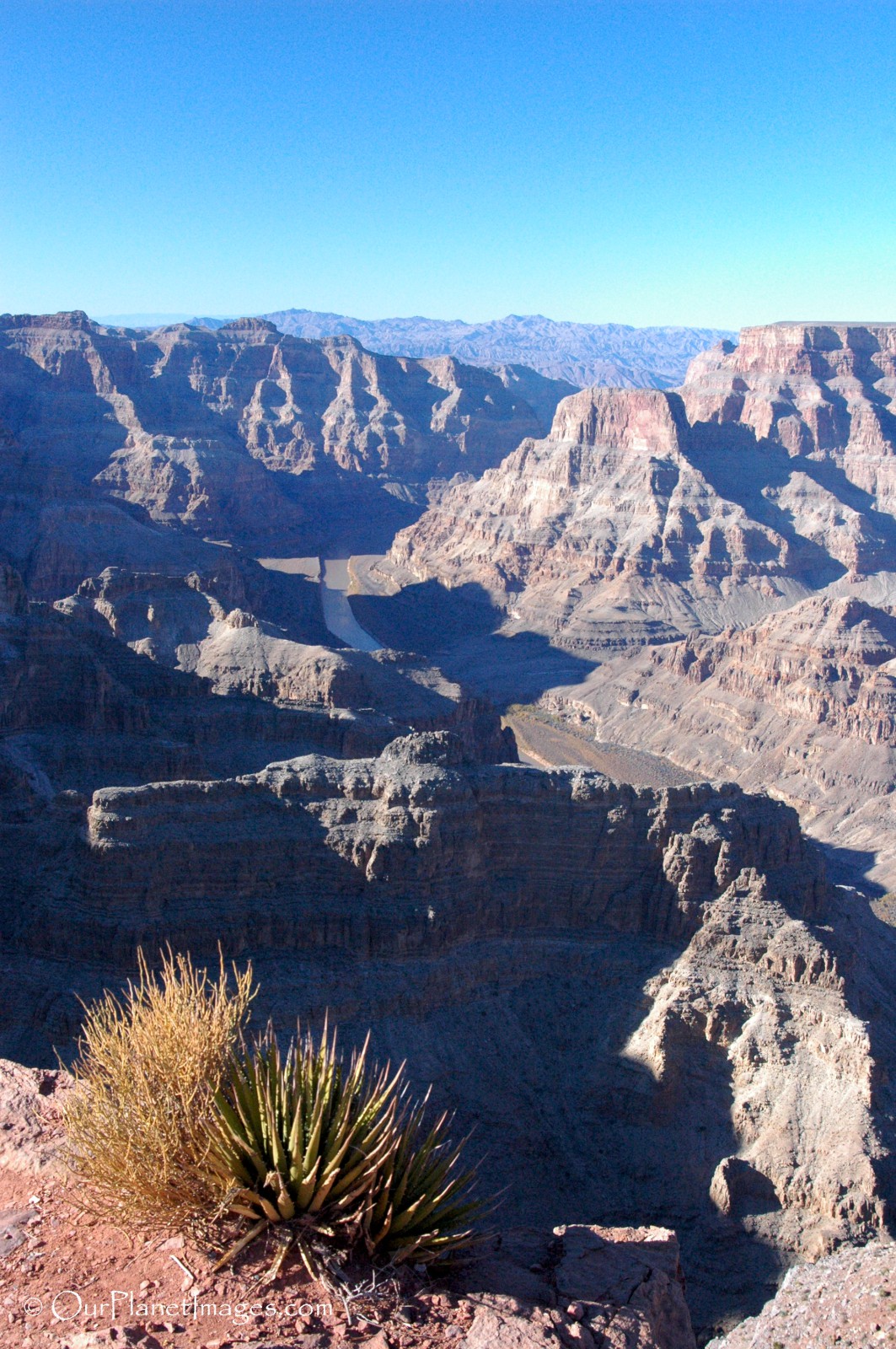
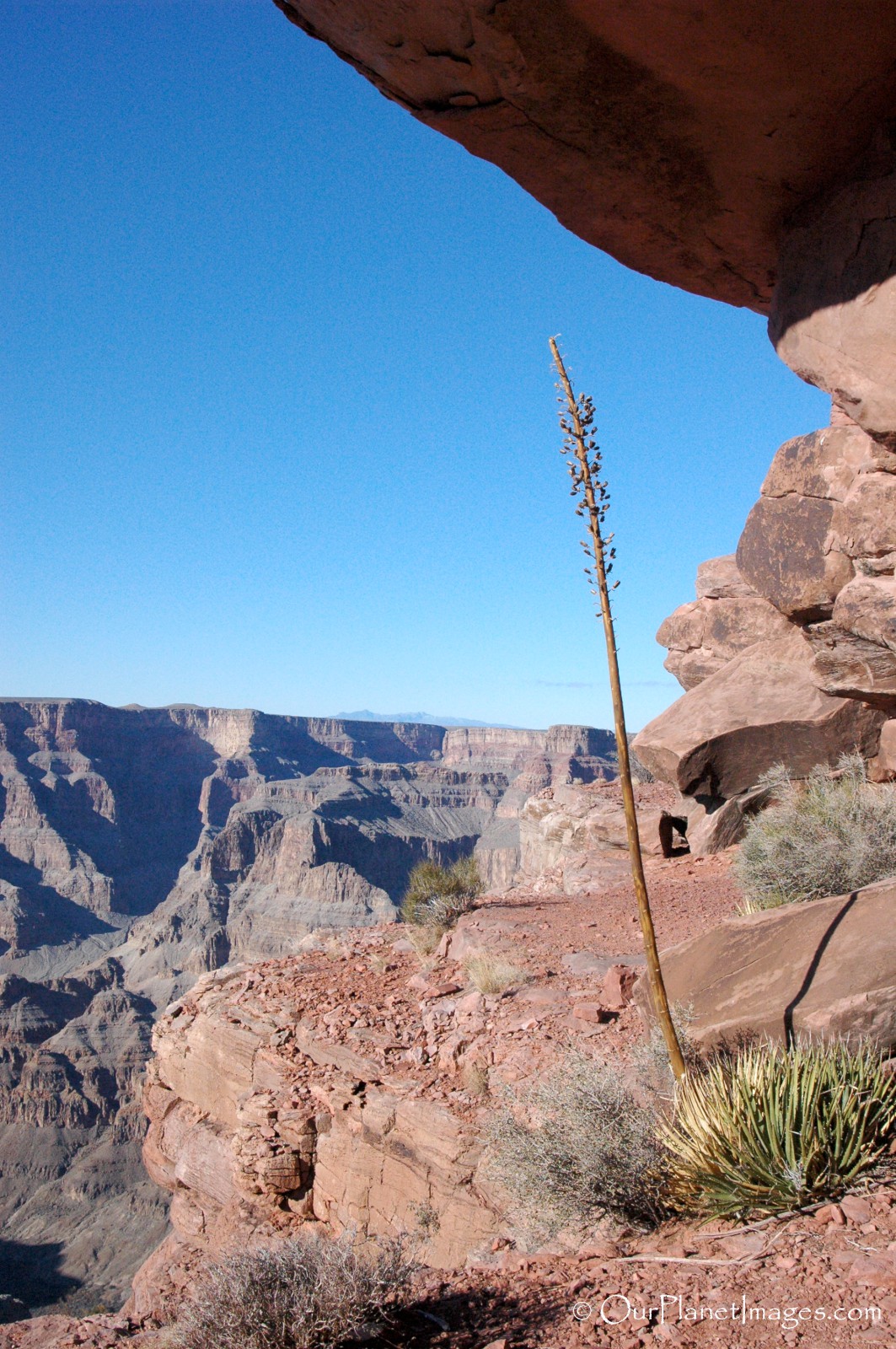
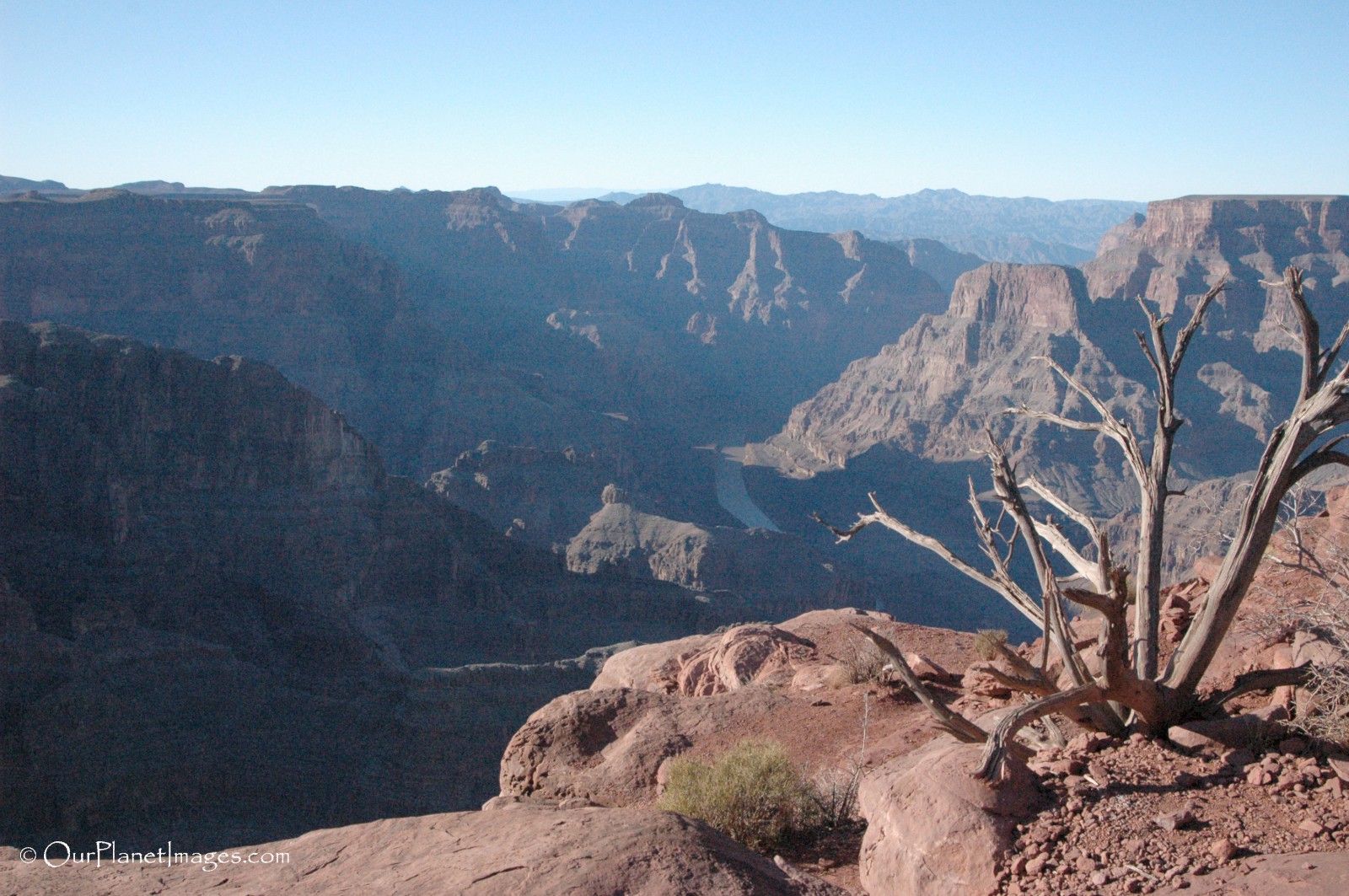
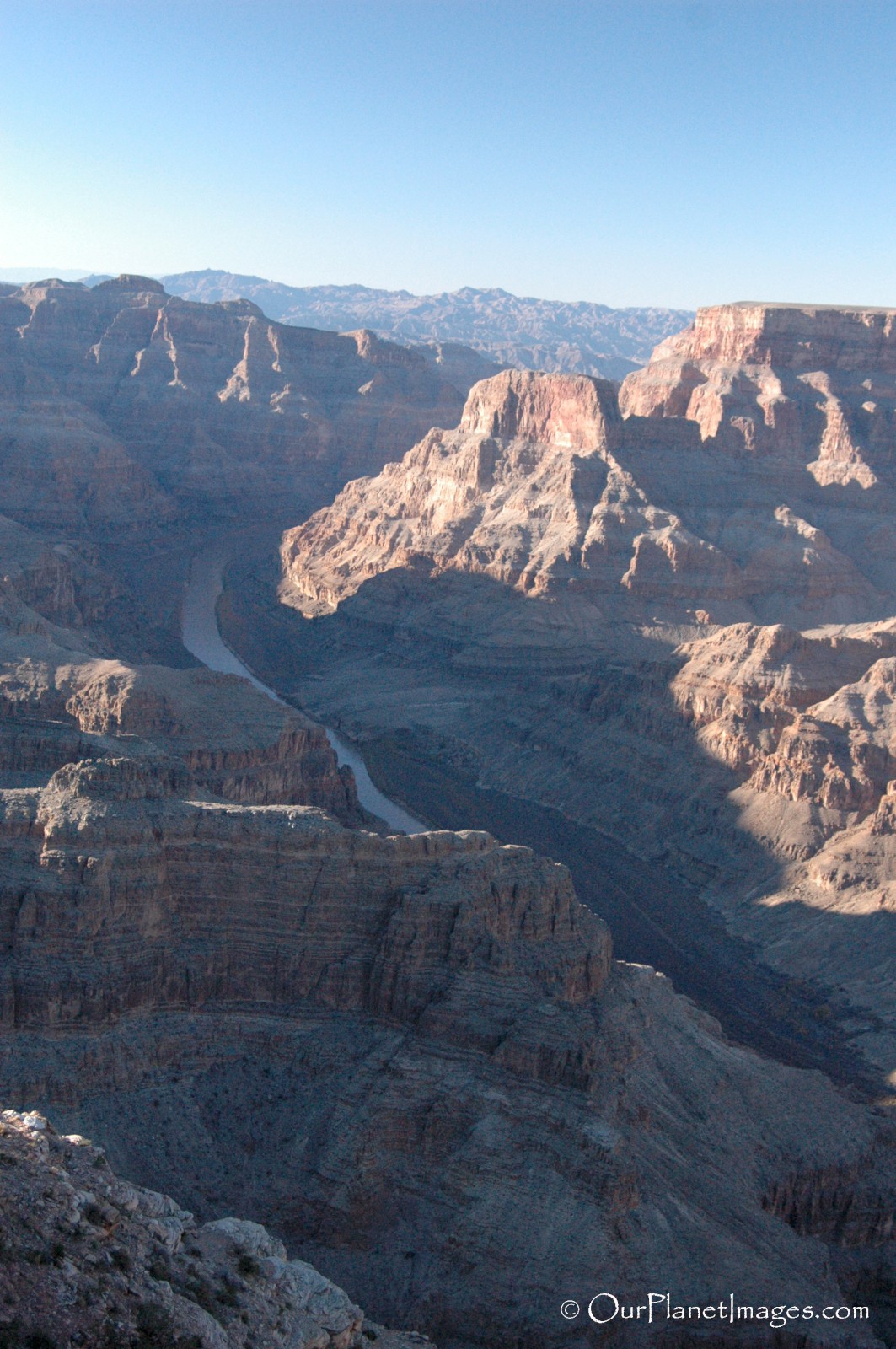
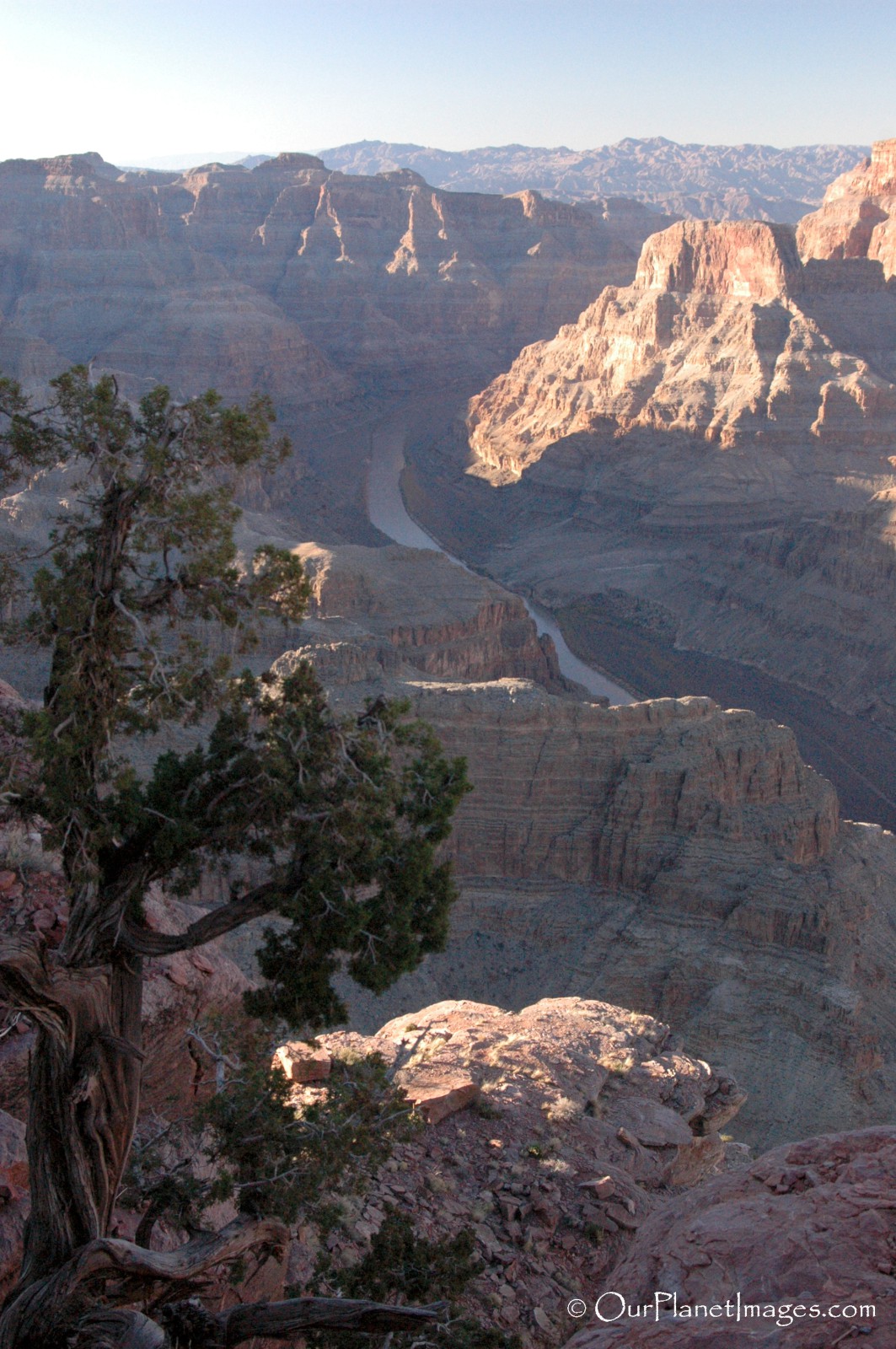
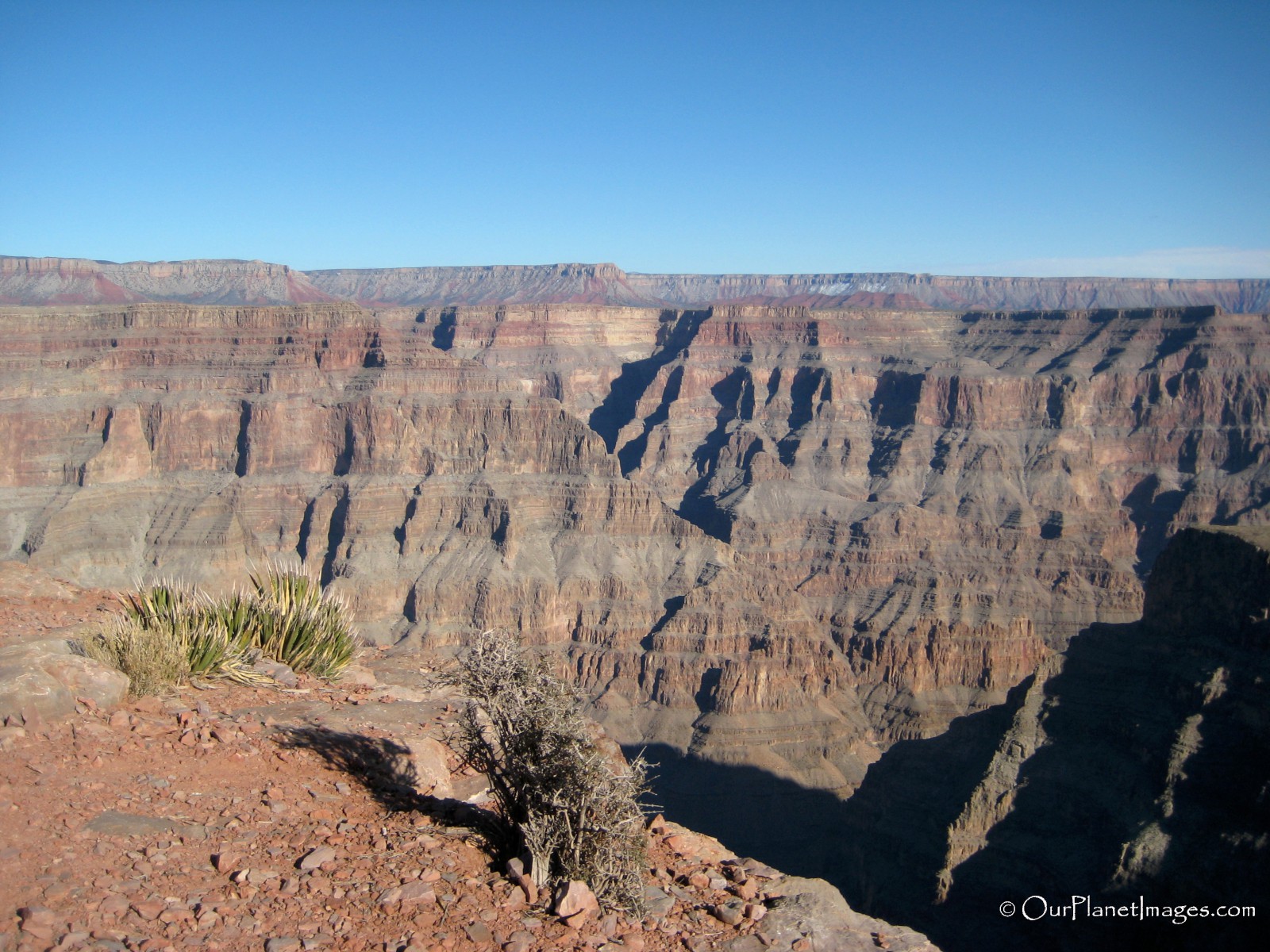
The Colorado River
The Grand Canyon was formed by erosion as the Colorado River cut a deep channel through layers of rock. The river has created such a massive canyon that winds back and forth with the turns of the river that there are many places where the river is not visible from the canyon rim.
Some viewpoints do have good views of the Colorado River and a few of these are shown in the photos below.
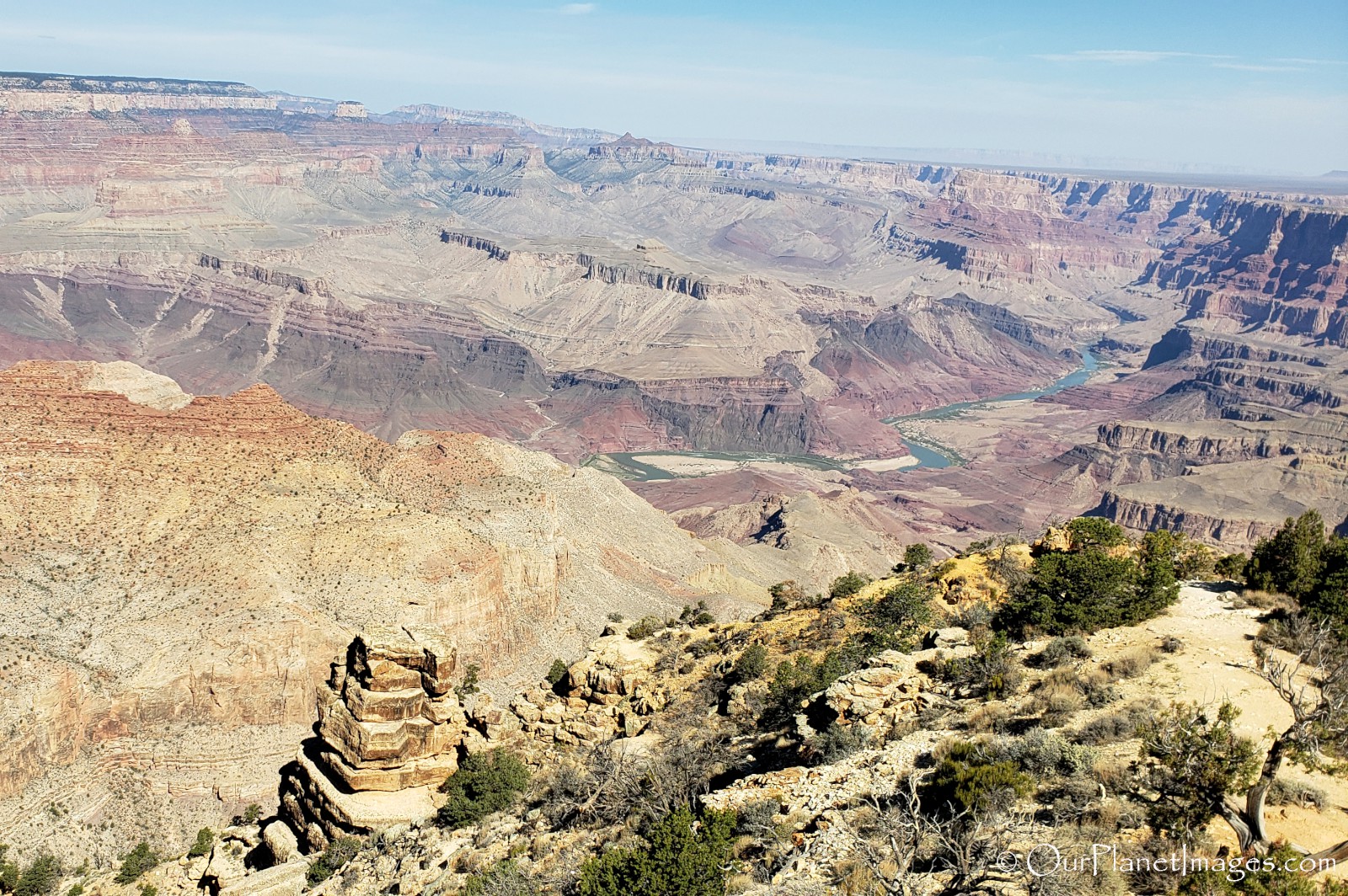
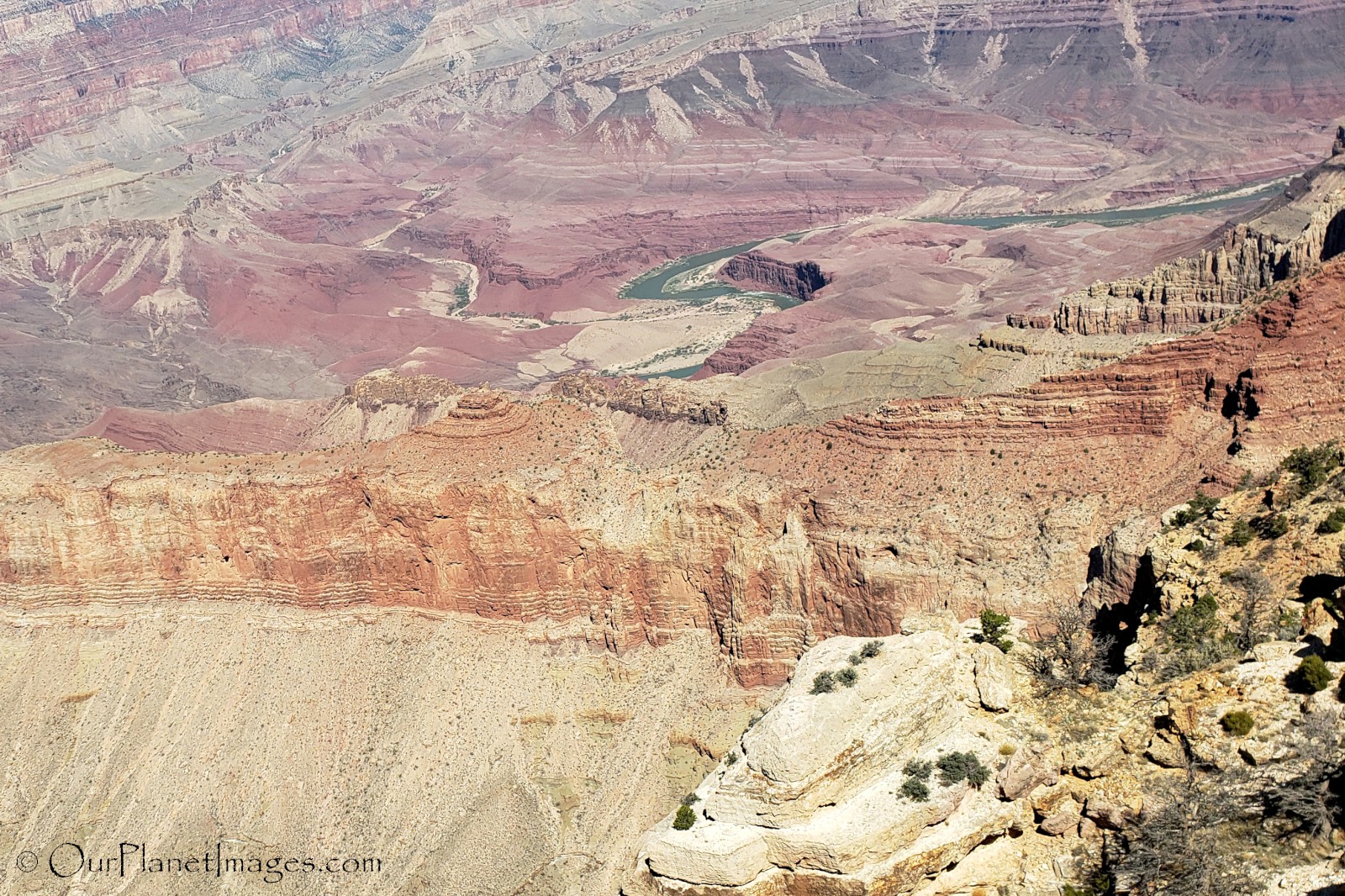
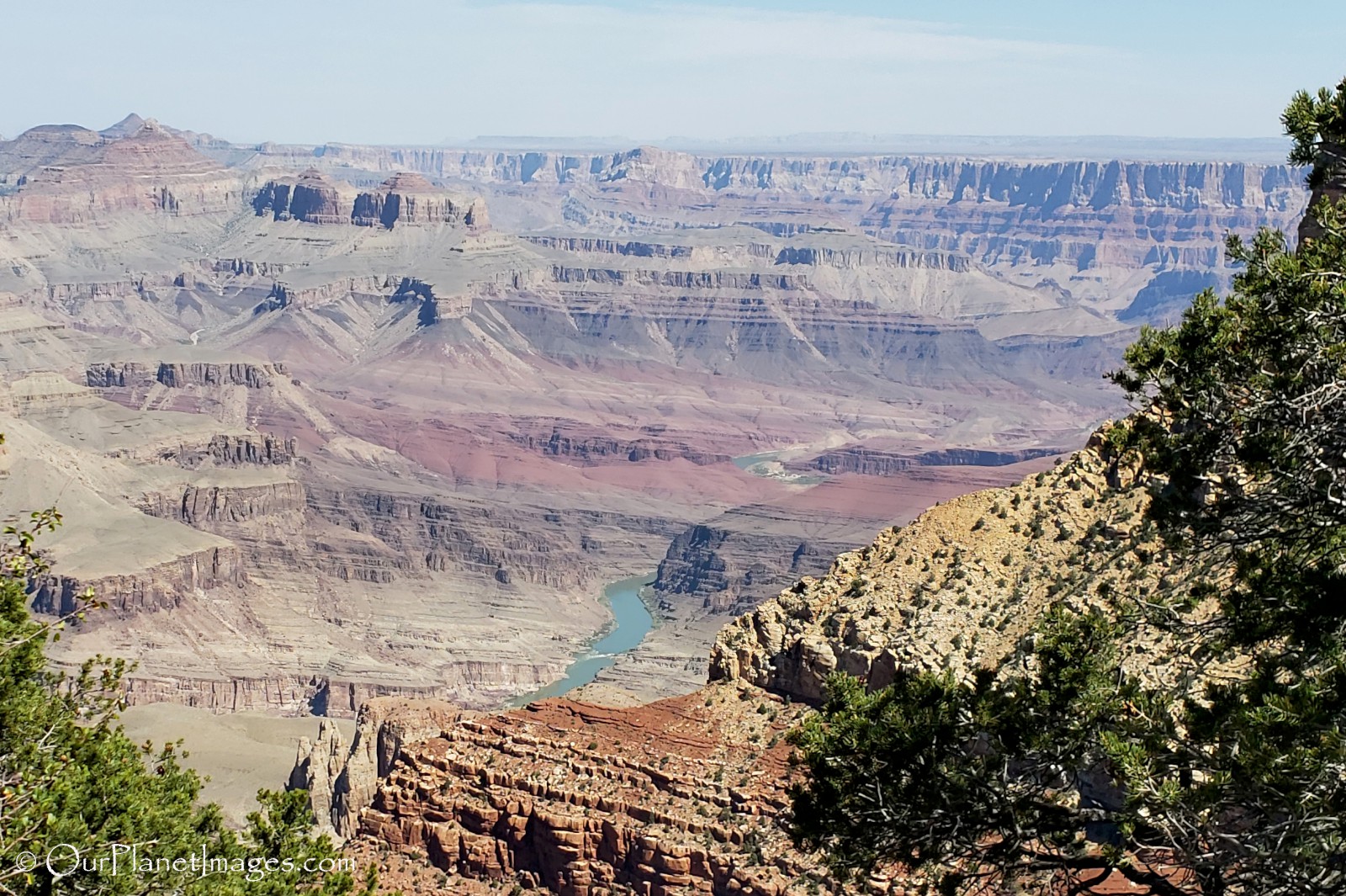
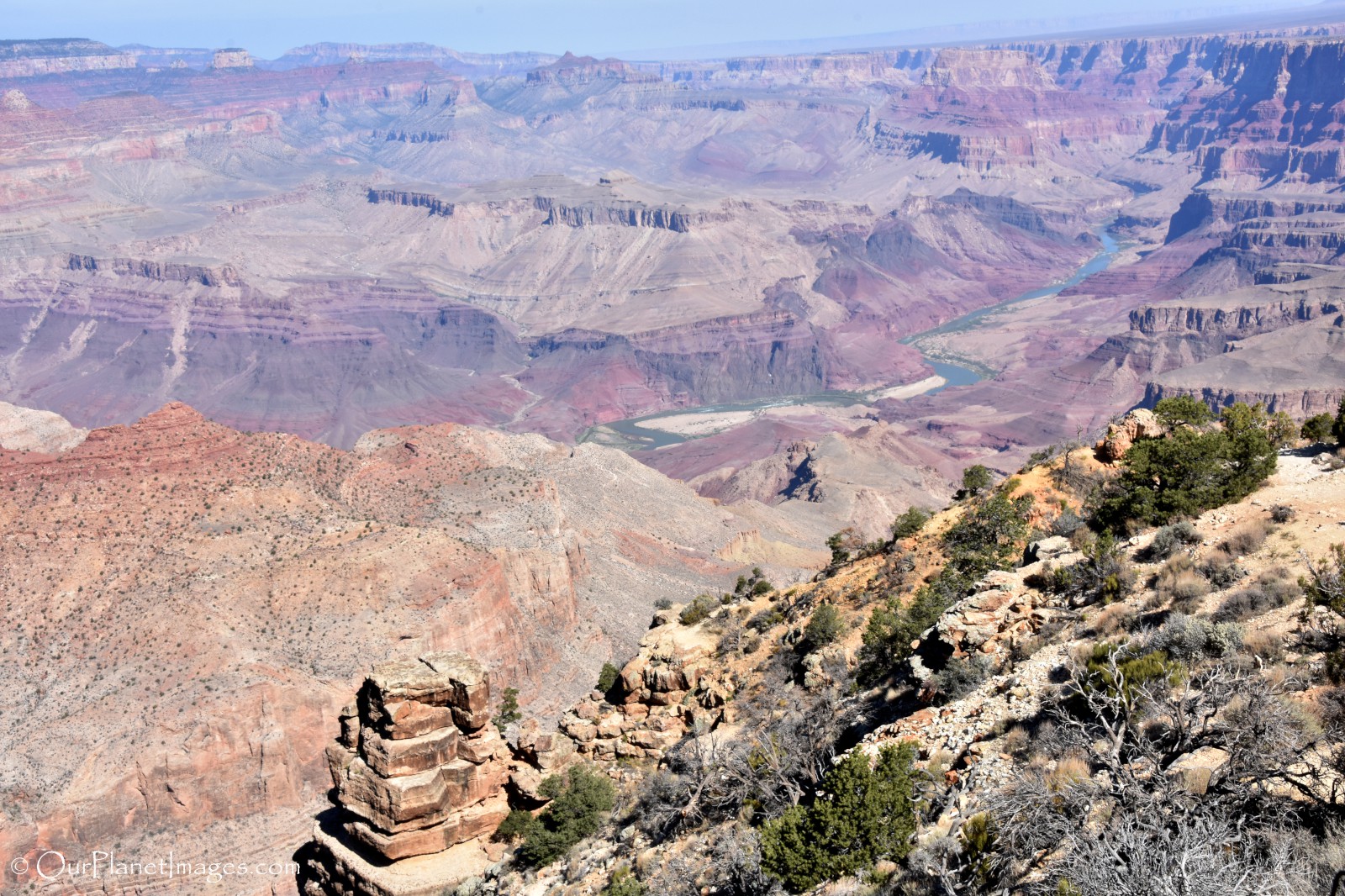
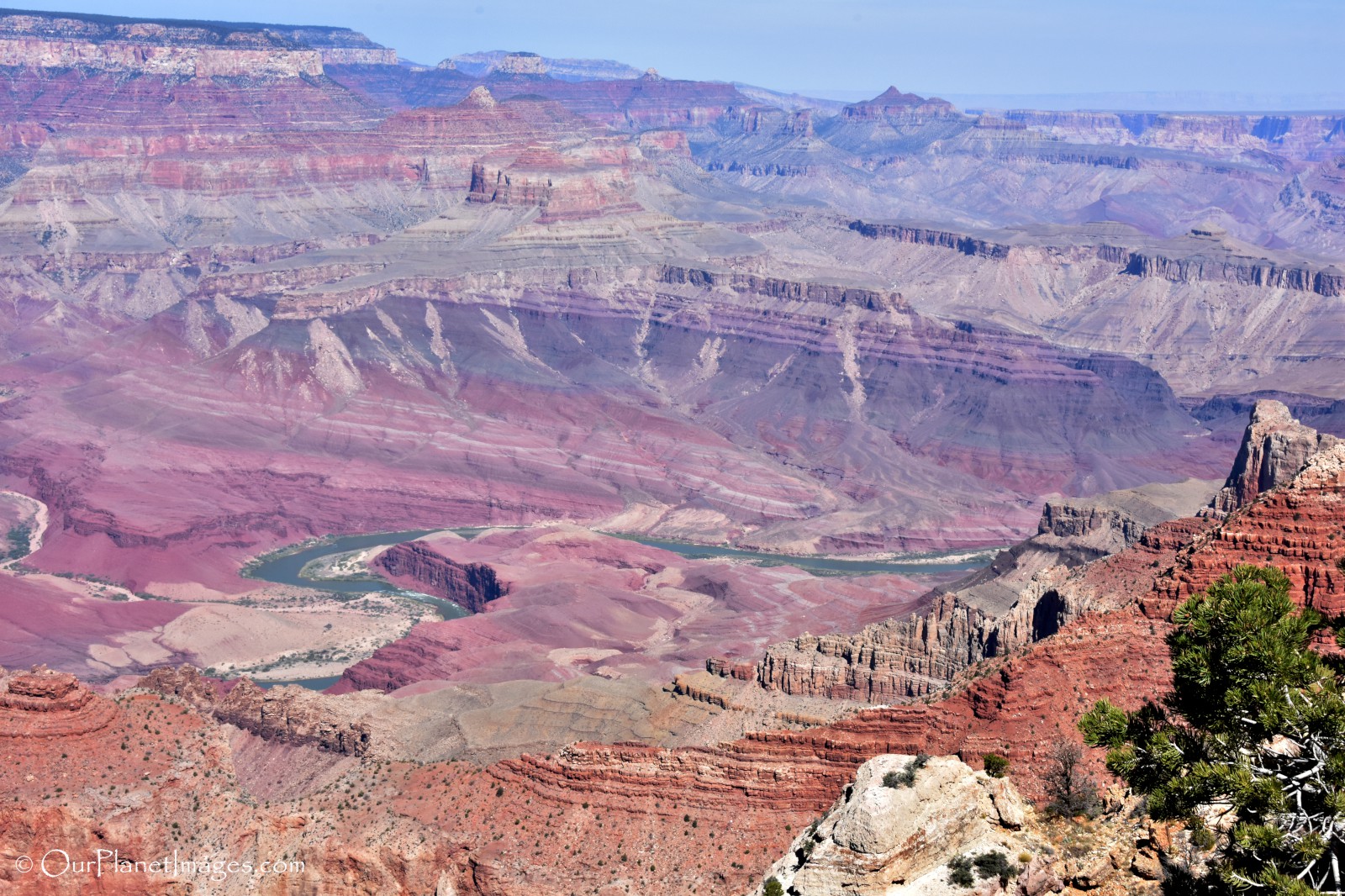
Layers of History
One of the most notable sites in the Grand Canyon are all of the layers of different colored rocks from the rim of the canyon down to the river floor. These rock layer are beautiful but they are reveal a geologic story. The exposed rock in the Grand Canyon are some of the oldest exposed rock on Earth because of the desert environment and the lack of plant ground cover. The layers of rock have been preserved almost perfectly and there is nowhere else on Earth that exhibits the planet’s history in such pristine condition.
The photos below show some of the rock layers and the dramatic changes of colors from the top of the canyon down to the canyon bottom.
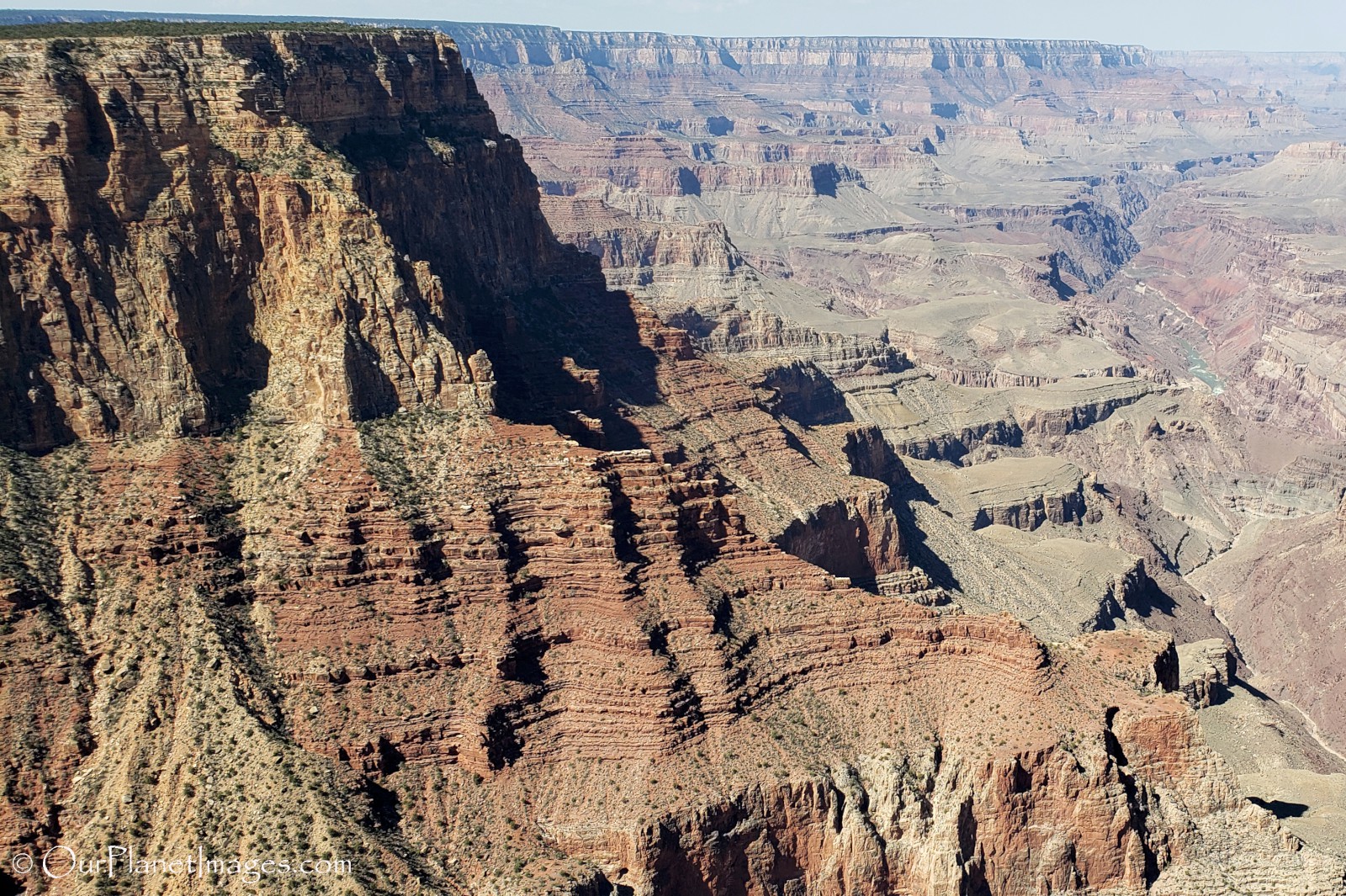
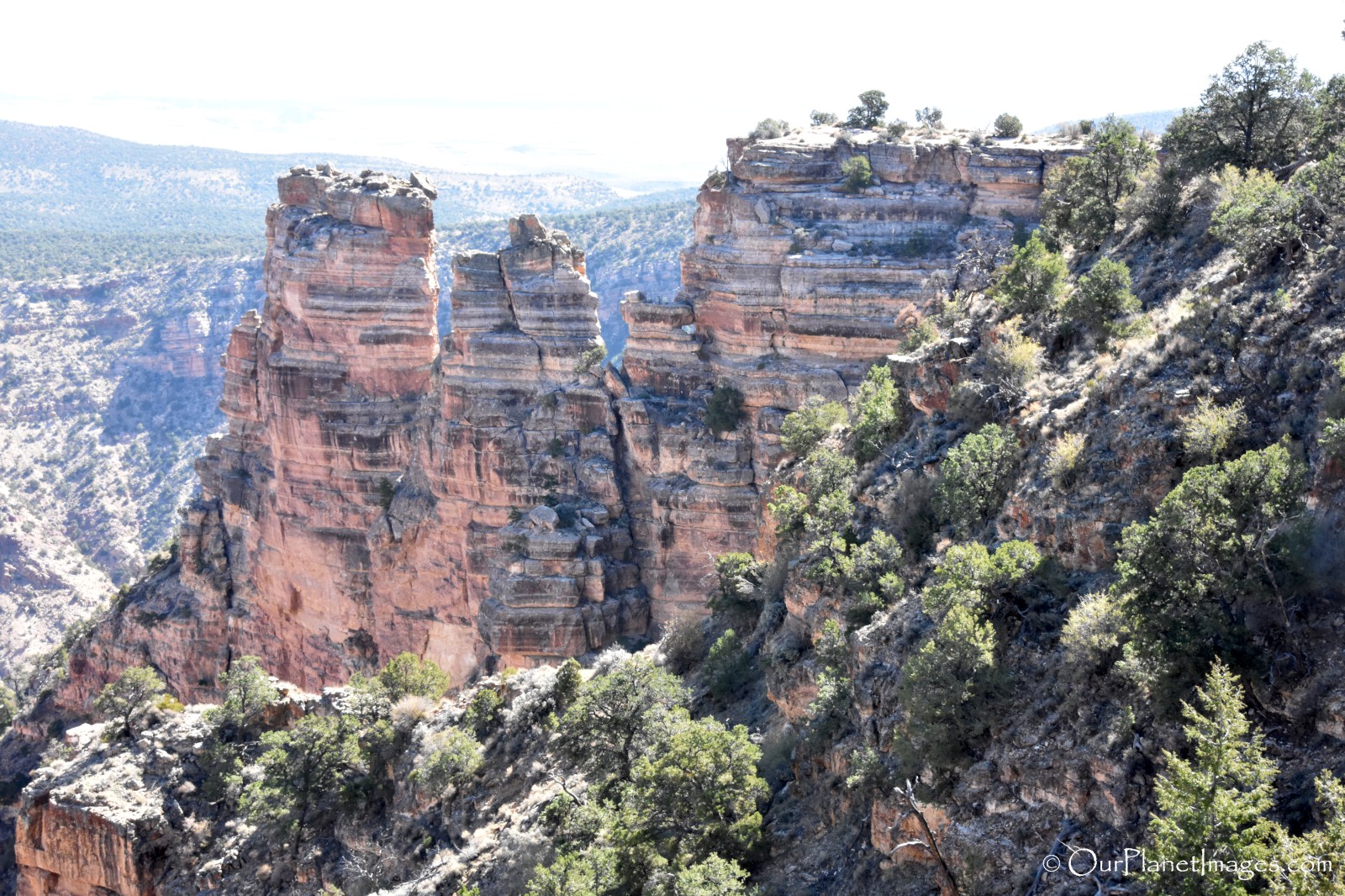
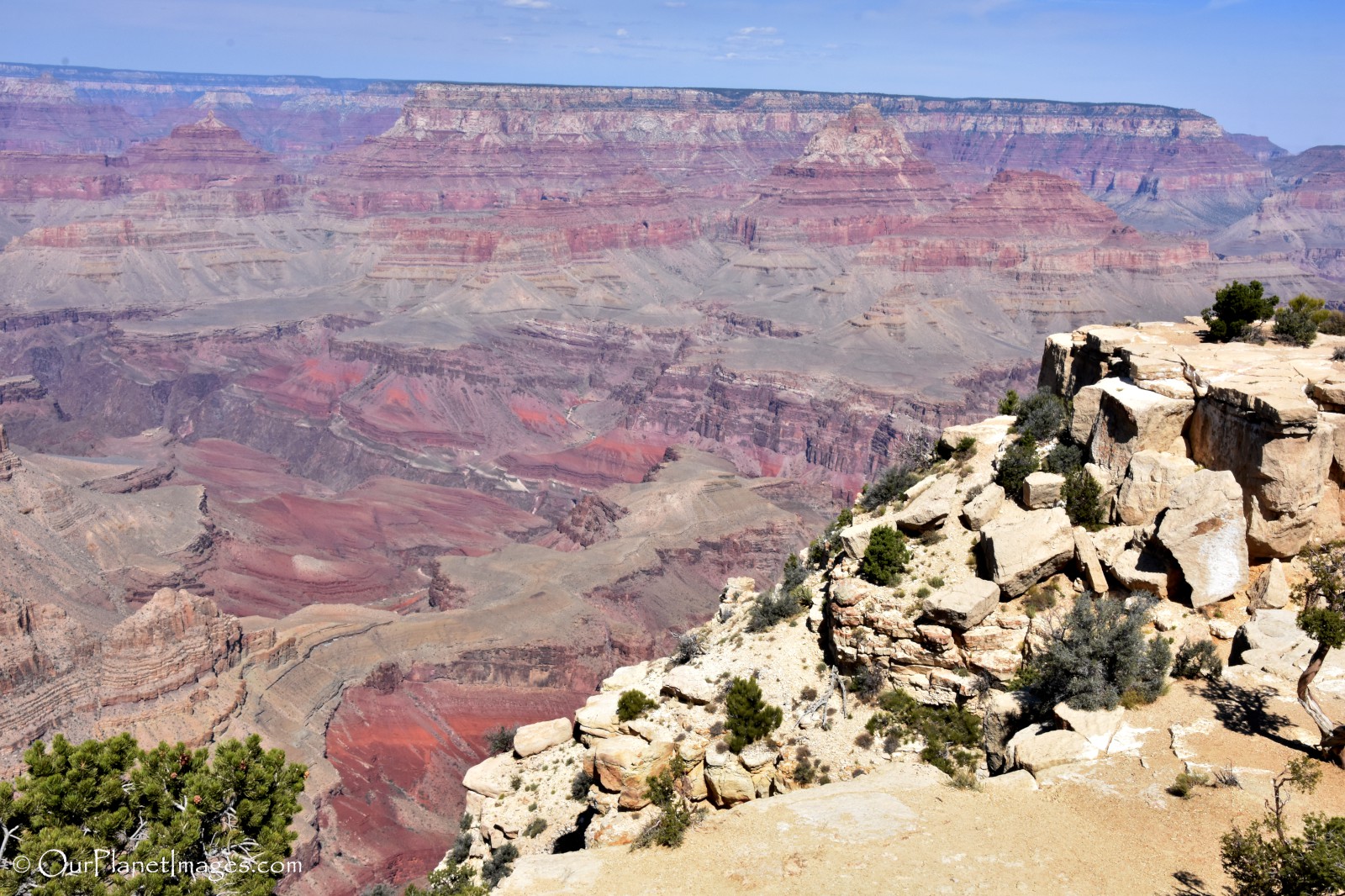
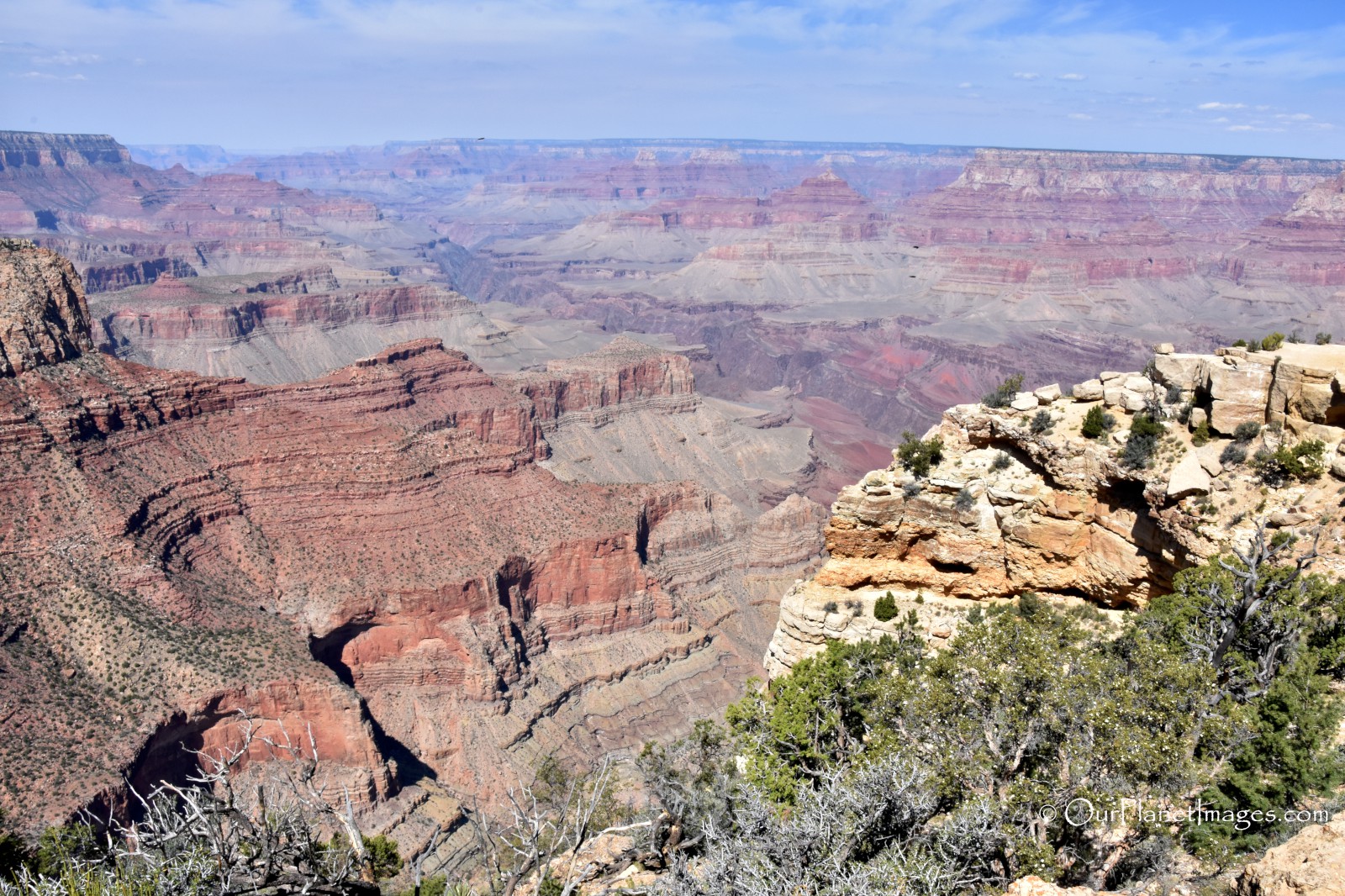
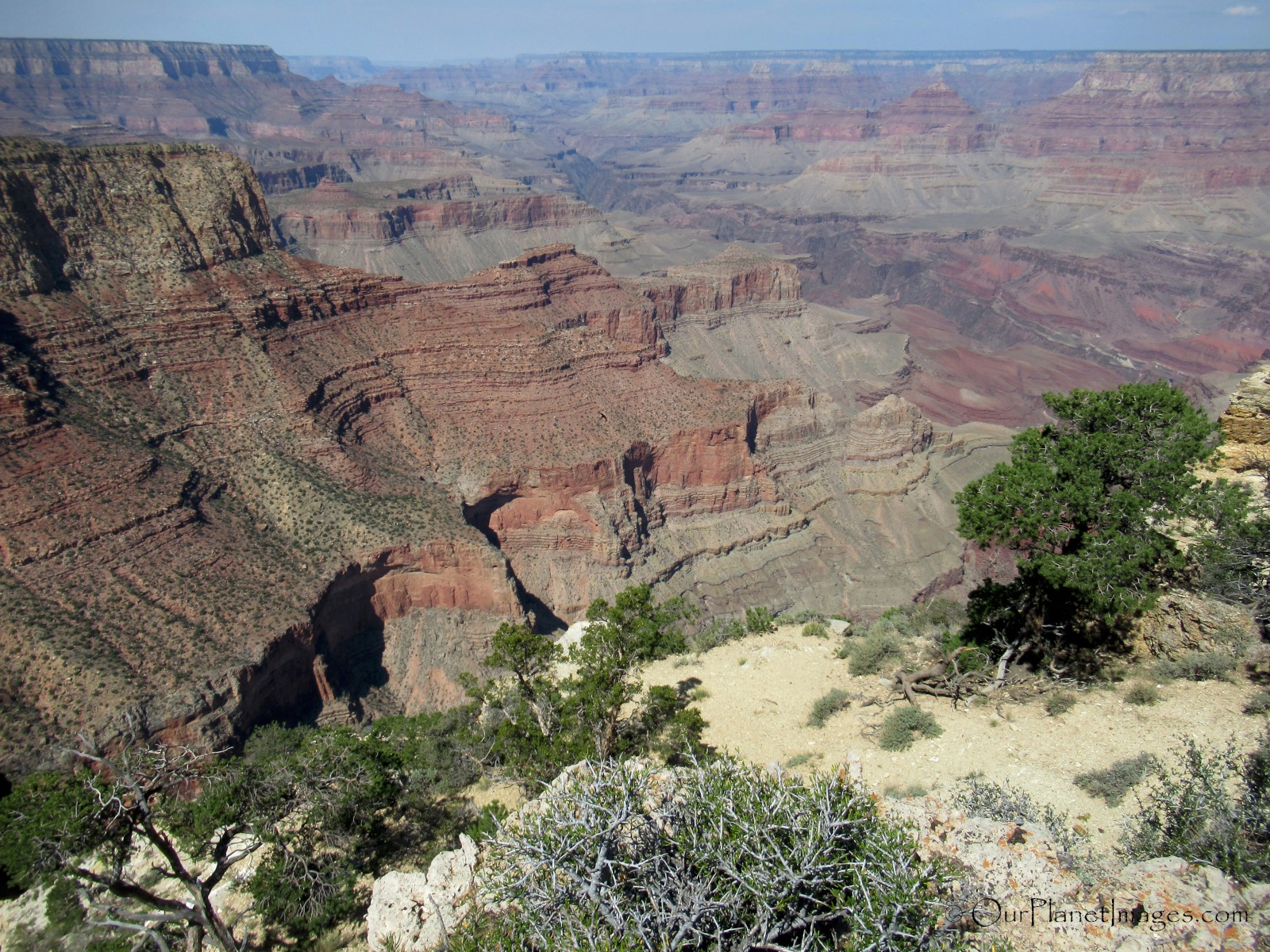
Getting to the Grand Canyon
Making a trip to the Grand Canyon is not easy. It is literally in the middle of nowhere. If you are considering a trip to see the Grand Canyon then the chart below will help to decide the best part of the canyon to visit from the nearest city.
Average driving times
From Phoenix: 3.5 hours to the South Rim and 6 hours to the North Rim
From Las Vegas: 2.25 hours to Grand Canyon West, 4.5 hours to the South Rim and 5.5 hours to the north Rim
From Flagstaff: 1.5 hours to the South Rim and 4 hours to the North Rim.
The Dust on My Shoes
When someone mentions US national parks, The Grand Canyon is probably the first image that comes to most people’s minds. All of the national parks are special places but the Grand Canyon is a place that words and photos just can’t communicate the feelings of amazement that a person feels standing on the rim and looking at the vast canyon that seemingly goes on forever.
The Grand Canyon is spectacular because of its enormous size but it is an incredible sight to stand silently looking at the layers of reds, oranges, browns and grays that creates an image of raw beauty that can’t be seen anywhere else on the planet.
President Theodore Roosevelt said the Grand Canyon is “the one great sight every American should see”.
He also said: “The Grand Canyon fills me with awe. It is beyond comparison – beyond description; absolutely unparalleled throughout the wide world.”
I completely agree with him on both of these comments. The Grand Canyon was on my list of places to see for a long time and it was beyond my expectations when I finally saw it. It was so amazing that I made sure to see it again the next time I traveled nearby.
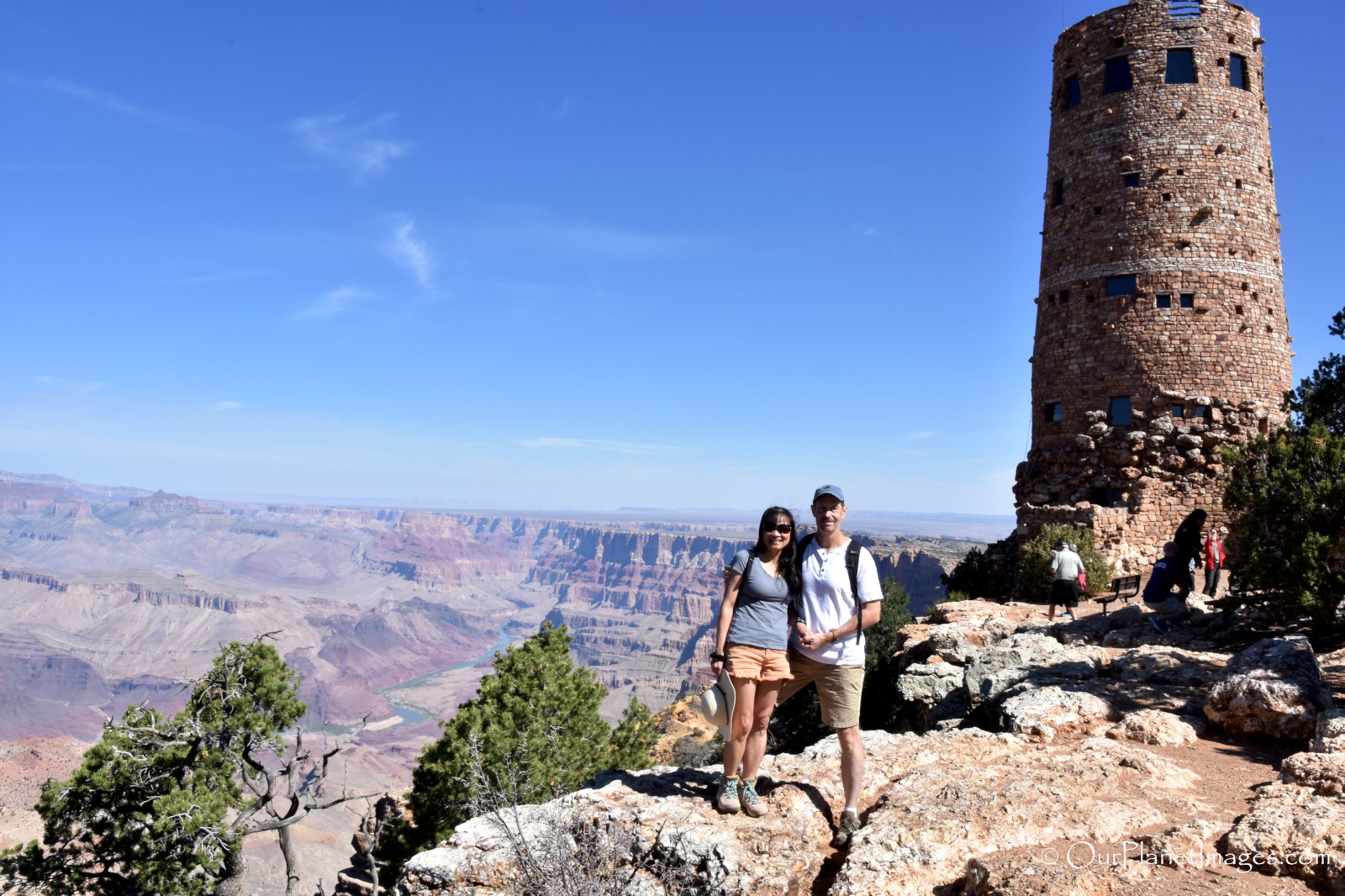
I have seen lots of wonderful sights in my travels but there have been only a few places that have stopped me in my tracks with a stunning “WOW” moment. The Grand Canyon is one of those places!

Photo Tip
The Grand Canyon has lots of bend and turns and the canyon is very deep. This type of topography creates lot of shadows making it difficult to get a good photograph because some parts of the scene are in full sunlight and other parts are in the shadows.
It is best to try and photograph the Grand Canyon when the sun is high in the sky. The early morning or late evening will create shadows and during the winter the sun is lower in the sky and may also make a shorter time frame to get nice photos.
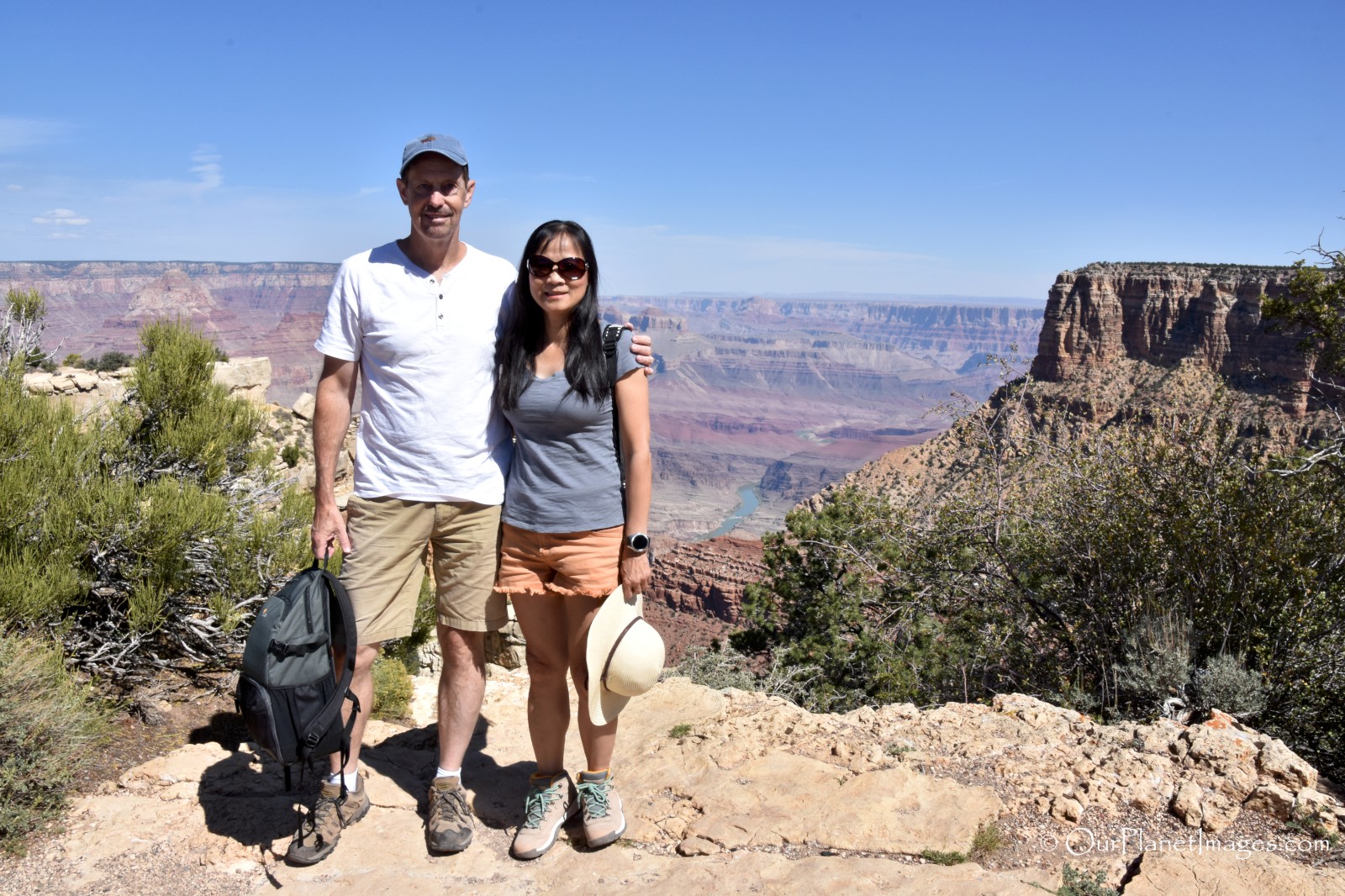
(Note: when the sun is high in the sky, wearing a hat will create a shadow on your face)
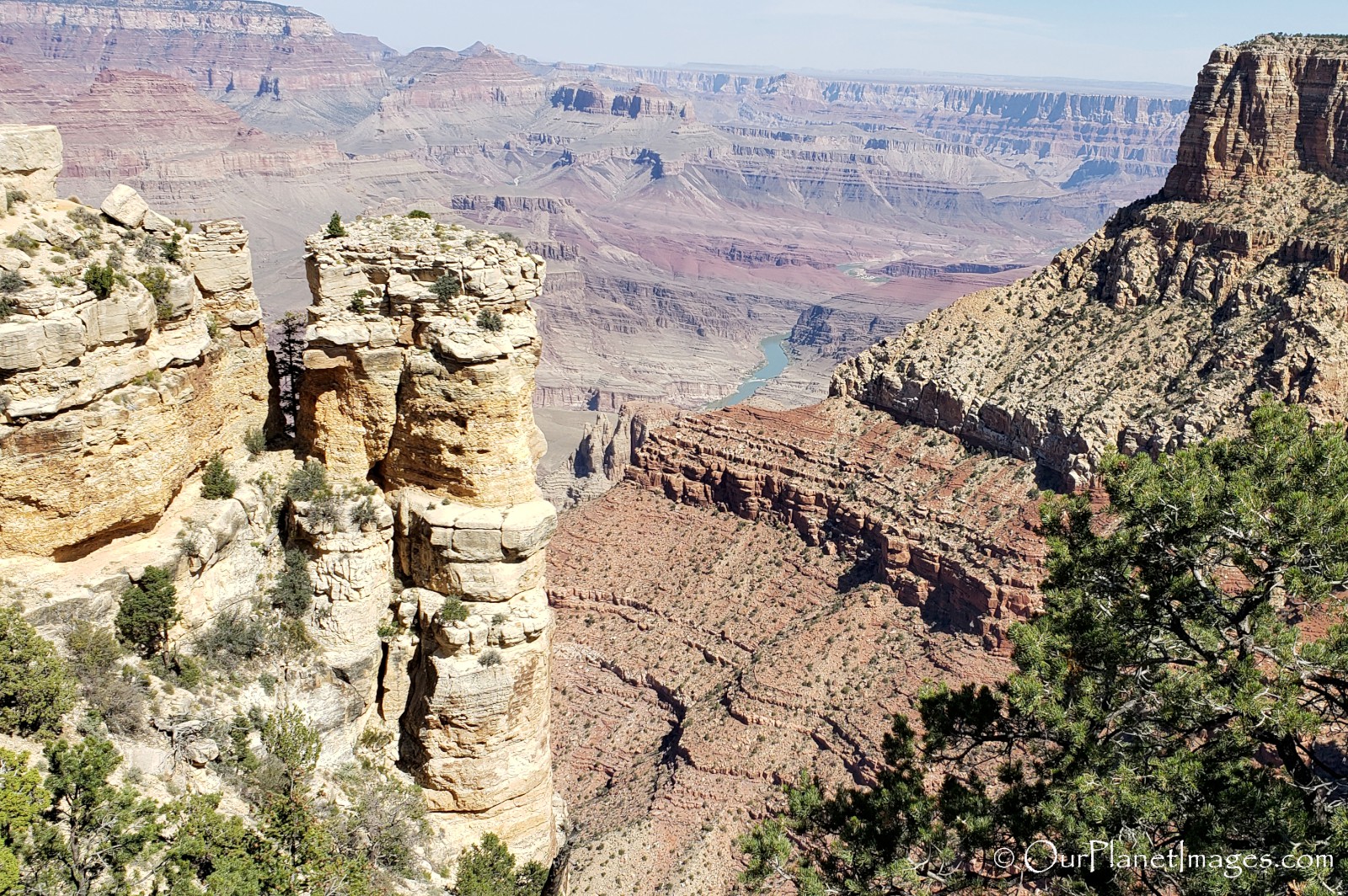
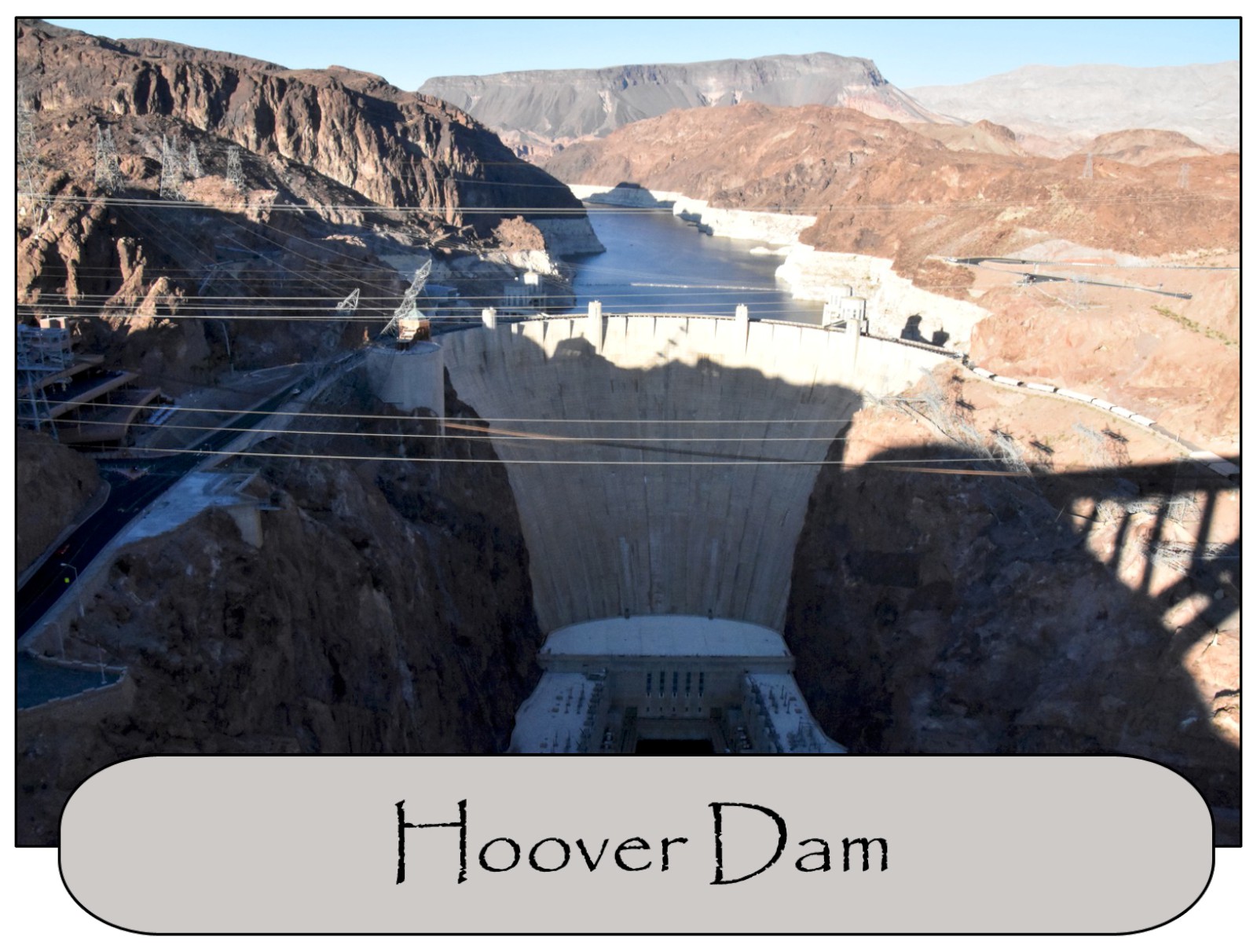
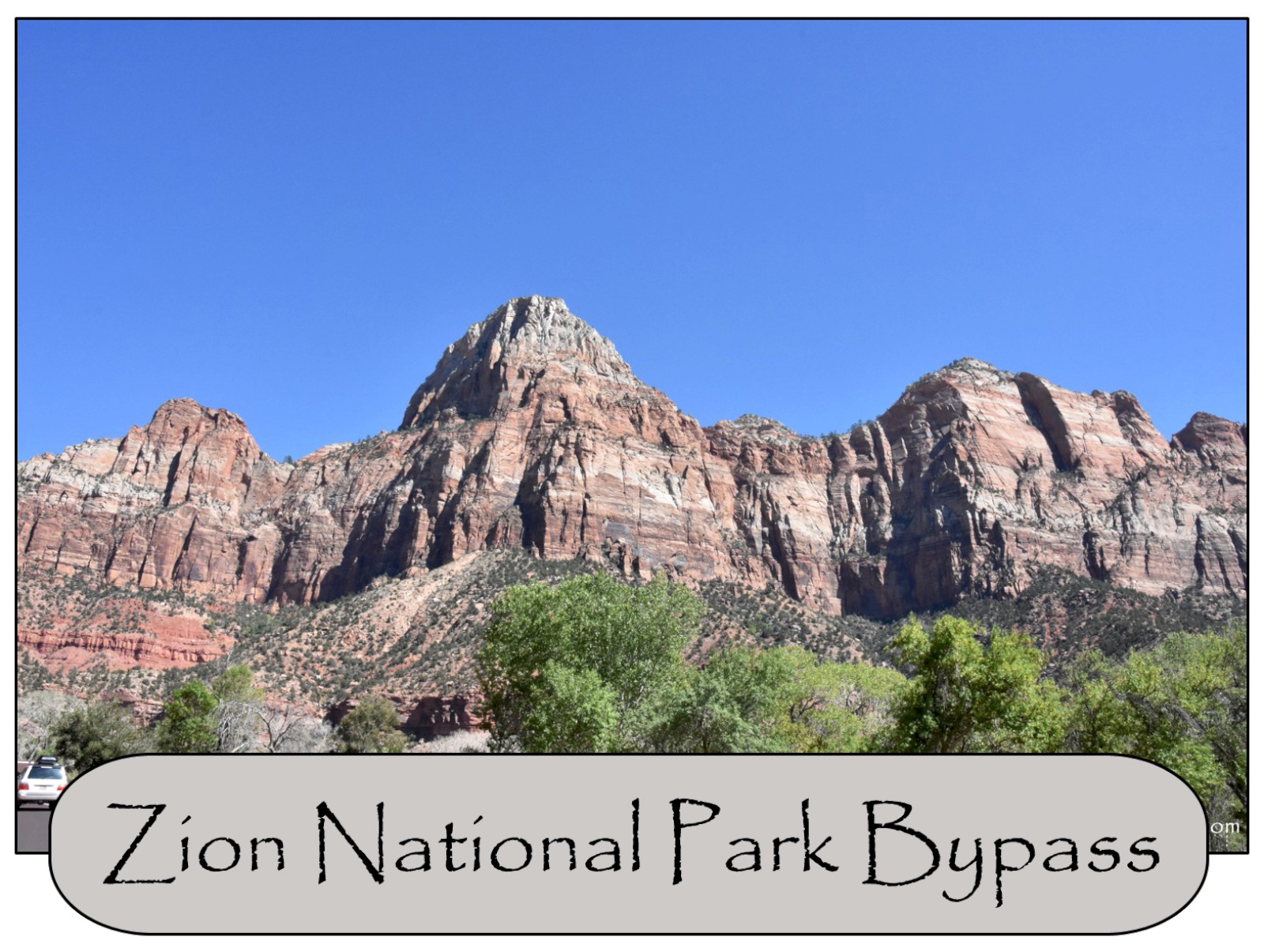
Thanks for the great photos!
I have been to the park several times and stayed inside the park. I have also stayed in Flagstaff, which I recommend.
I do not agree with your comment about photos at noon. Having stayed in the park at one of the park accommodations, I was able to view the park at sunrise, sunset and night with a full moon. Yes, at sunrise and sunset you have shadows, but the views are haunting.
Also, I recommend hiking one of the trails down into the canyon. Bright Angel Trail is especially interesting, but avoid it during the summer and take plenty of water.
Thanks again
Ted, Thanks for giving your experiences and recommendations in the park!
My recommendation for the mid-day was strictly for taking photos when the sunlight allows the full canyon to be seen (top to bottom). Sunrise and sunset are some of my favorite times for photography and I have seen some beautiful photos of the canyon at those times of day. Additionally, most places are virtually empty in the early morning.